
7 Medical Causes of Impaired Leg Circulation You Might Be Missing
Do your legs often feel heavy, swollen, or crampy by the end of the day? Many people brush off these symptoms as just part of getting older, sitting too long, or being tired. But in reality, these are warning signs—your body’s way of telling you that your circulation isn’t functioning as it should. And poor circulation doesn’t just affect your comfort; over time, it can set the stage for serious cardiovascular problems.
The surprising truth? The underlying causes are often silent and easily overlooked. There are seven major culprits that quietly sabotage your leg circulation, and one of them may be sitting right in your kitchen — a common food you likely consume every day without realizing how it’s slowly damaging your blood vessels from the inside out.
Your veins are like the body’s highways, built on a strong foundation of collagen, a protein that depends on specific nutrients to stay resilient. If these nutrients are missing, your “highways” begin to crumble. Think of trying to construct a bridge without steel or cement—it might hold for a while, but cracks are inevitable.
In this article, based on the expertise of Dr. Iñigo Martín, we’ll uncover the seven hidden saboteurs of circulation — from nutritional deficiencies to lifestyle habits — and explain how to rebuild your vascular health naturally.
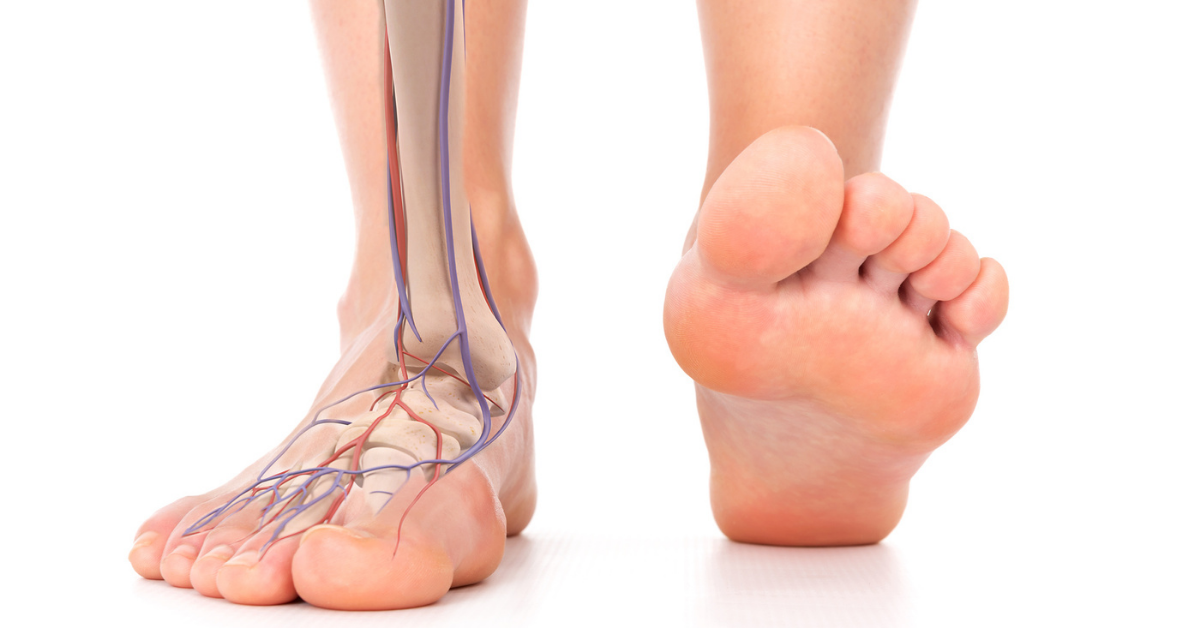
Key Takeaways
-
Nutrient Foundations: Circulation thrives on essential vitamins and minerals. Vitamin C fortifies vein walls, magnesium helps your arteries relax, and Vitamin K2 keeps calcium out of your arteries.
-
Hidden Kitchen Enemy: Refined sugars and white flours trigger chronic inflammation and stiffen blood vessels over time.
-
Your Body’s Built-In Pump: The calf muscles work as a “second heart.” Inactivity stops this natural pumping mechanism, allowing blood to pool in the legs.
-
Cooking Counts: The way you cook your food can preserve—or destroy—the nutrients that your veins depend on. Steaming beats boiling every time.
-
The Power of Movement: Even a 30-minute daily walk stimulates nitric oxide production, widening blood vessels and restoring vitality to your legs.
7. Your Veins Are Missing Their ‘Cement’: Vitamin C Deficiency
The structure of your veins and arteries depends heavily on collagen, which gives them strength and elasticity. Without sufficient Vitamin C, your body can’t produce quality collagen. It’s like trying to build a sturdy wall out of weak, crumbling bricks. The result is fragile veins, weak vessel walls, and a higher risk of varicose veins or spider veins.
Vitamin C also works as a powerful antioxidant, protecting your blood vessels from oxidative damage caused by free radicals. This oxidative stress wears down the inner lining of your arteries — the endothelium — making it harder for them to expand and contract.
To rebuild your vein strength, focus on Vitamin C–rich foods such as red bell peppers (which contain three times more Vitamin C than oranges), kiwis, guavas, and lightly steamed broccoli. Add fresh fruits to breakfast or blend them into smoothies. Just a handful of these foods daily can dramatically enhance the resilience and flexibility of your veins.
6. Your Arteries Can’t Relax: Magnesium Deficiency
If Vitamin C provides the building blocks, magnesium determines whether your blood vessels can actually relax. It’s often called the “mineral of calm”, and for good reason. A lack of magnesium leaves your arteries rigid and constricted, slowing blood flow and leading to the feeling of heaviness or tightness in your legs.
Those sharp, painful nighttime leg cramps? They’re your muscles crying out for magnesium. This mineral controls how muscles contract and relax, and when you’re deficient, your muscles stay tense—restricting circulation even more.
Chronic stress, alcohol, caffeine, and processed foods all drain your magnesium stores. To replenish them, load your diet with leafy greens (spinach, kale), almonds, pumpkin seeds, and avocados. A simple snack of roasted pumpkin seeds can supply up to one-third of your daily magnesium needs.
For even better absorption, pair magnesium-rich foods with adequate hydration—since dehydration further reduces circulation and worsens cramps.
5. You’re Fueling a ‘Silent Fire’: Refined Flours and Sugar
This is the hidden enemy that many people consume multiple times a day — refined sugars and white flours. Found in bread, pastries, pasta, and sweet drinks, these ingredients spark chronic inflammation inside your blood vessels.
Each time you indulge in these processed carbs, your blood sugar spikes sharply, damaging the delicate endothelium that lines your arteries. Over time, this leads to glycation, a process where sugar molecules bind to proteins like collagen, effectively “caramelizing” your blood vessels. The once-flexible walls of your veins become stiff, brittle, and prone to blockage.
You don’t have to give up all sweets, but it’s crucial to replace refined carbs with whole, unprocessed foods. Choose whole grains, legumes, quinoa, or brown rice. Replace sodas and juices with sparkling water and lemon. Even small, steady changes can cool down that invisible “fire” in your arteries and restore elasticity.
4. You’ve Forgotten Your ‘Second Heart’: The Inactive Calf Pump
Your legs have their own circulation system, powered by your calf muscles, often referred to as the “second heart.” When these muscles contract, they squeeze deep veins and push blood upward toward your heart.
However, with modern sedentary lifestyles—long hours at a desk, driving, or scrolling on the couch—this natural pump stays idle. Blood pools in the lower legs, leading to swelling, fatigue, and visible varicose veins.
The fix is remarkably simple: move your calves every hour. Stand up, do 20–30 calf raises, or take a short walk. Even tapping your toes under your desk can activate blood flow. Combine this with brief stretching breaks throughout the day to keep blood circulating and prevent stiffness.
Consistency beats intensity — small, frequent movement keeps the “second heart” beating all day long.
3. Your Cellular ‘Power Plants’ Are Shutting Down: Vitamin B3 (Niacin) Deficiency
Feeling tired all the time—even after a full night’s sleep—may signal a Vitamin B3 (Niacin) deficiency. This essential vitamin powers the mitochondria, the tiny “engines” that produce energy inside every cell.
Without enough niacin, your cells generate less ATP (energy), leaving your legs feeling fatigued and heavy. Niacin also acts as a natural vasodilator, helping your arteries widen so blood can flow freely. This reduces pressure on the heart and ensures your extremities receive sufficient oxygen.
Add niacin-rich foods like mushrooms, lentils, peanuts, and nutritional yeast to your diet. Just two tablespoons of nutritional yeast can supply a full day’s worth of B3. For best absorption, try to separate niacin intake from coffee, which can interfere with its uptake.
2. You’re Destroying Nutrients in Your Own Kitchen: Improper Food Preparation
You can buy the best organic produce, but if you cook it incorrectly, you’re stripping away its life-giving nutrients. Boiling vegetables for too long, for example, can wash away up to 80% of magnesium and B vitamins into the cooking water.
To preserve nutrients:
-
Steam vegetables briefly instead of boiling.
-
Soak legumes, nuts, and seeds overnight to reduce anti-nutrients like phytates.
-
Let garlic rest for 10 minutes after crushing to activate allicin, its key heart-protective compound.
-
Avoid overheating olive oil, which destroys its anti-inflammatory benefits.
Cooking is chemistry — small changes in preparation can mean the difference between food that heals and food that hinders your circulation.
1. Your Calcium ‘GPS’ is Broken: Vitamin K2 Deficiency
While calcium and Vitamin D often get the spotlight, Vitamin K2 is the unsung hero that directs calcium to where it belongs — your bones and teeth — and keeps it out of your arteries.
Without K2, calcium accumulates in soft tissues, leading to arterial calcification, where arteries harden and lose flexibility. As a result, blood pressure rises and circulation slows, especially in your legs.
Vitamin K2 works synergistically with Vitamin D and magnesium, forming a trio essential for cardiovascular health. The best natural source is natto, a traditional Japanese fermented soybean dish, though cheese, egg yolks, and grass-fed butter also contain modest amounts. For supplementation, choose the MK-7 form for optimal absorption.
Taking Vitamin D or calcium without enough K2 is like mailing a package without an address—your body simply doesn’t know where to send it.
The Ultimate Habit: Why Walking Is Non-Negotiable
Beyond nutrition, walking is the single most powerful habit for improving circulation. Each step compresses your veins, activating the calf pump and encouraging blood to return to the heart.
This increased blood flow also stimulates your endothelium to produce nitric oxide, a natural chemical that relaxes and widens arteries, lowering pressure and improving oxygen delivery. Just 30 minutes of steady walking per day can dramatically improve blood flow and energy levels.
Add a brief walk after meals — it helps regulate blood sugar and prevents that post-dinner sluggishness. Over time, this one habit can transform your cardiovascular health.
Conclusion
Poor leg circulation isn’t just a symptom of aging — it’s a reversible condition rooted in nutrient gaps, inactivity, and daily habits. By addressing these seven silent causes — from deficiencies in Vitamin C, magnesium, and K2 to the inflammation caused by refined sugar — you can strengthen your veins, enhance blood flow, and restore energy to your lower body.
Your body has an incredible capacity to heal when given the right tools. A few mindful adjustments — better nutrition, smarter cooking, and regular movement — can bring lightness, warmth, and vitality back to your legs. One step and one meal at a time, you can reclaim healthy circulation and a renewed sense of well-being.
News in the same category

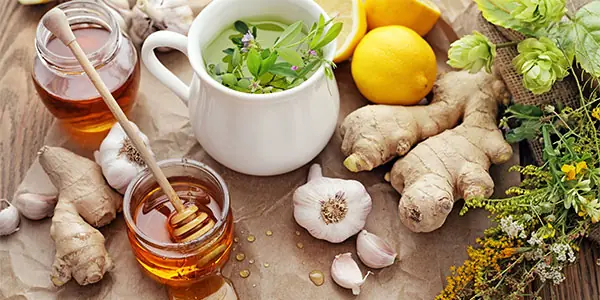
Take Lemon and Garlic on an Empty Stomach for 7 Days — Unclog Your Arteries Naturally
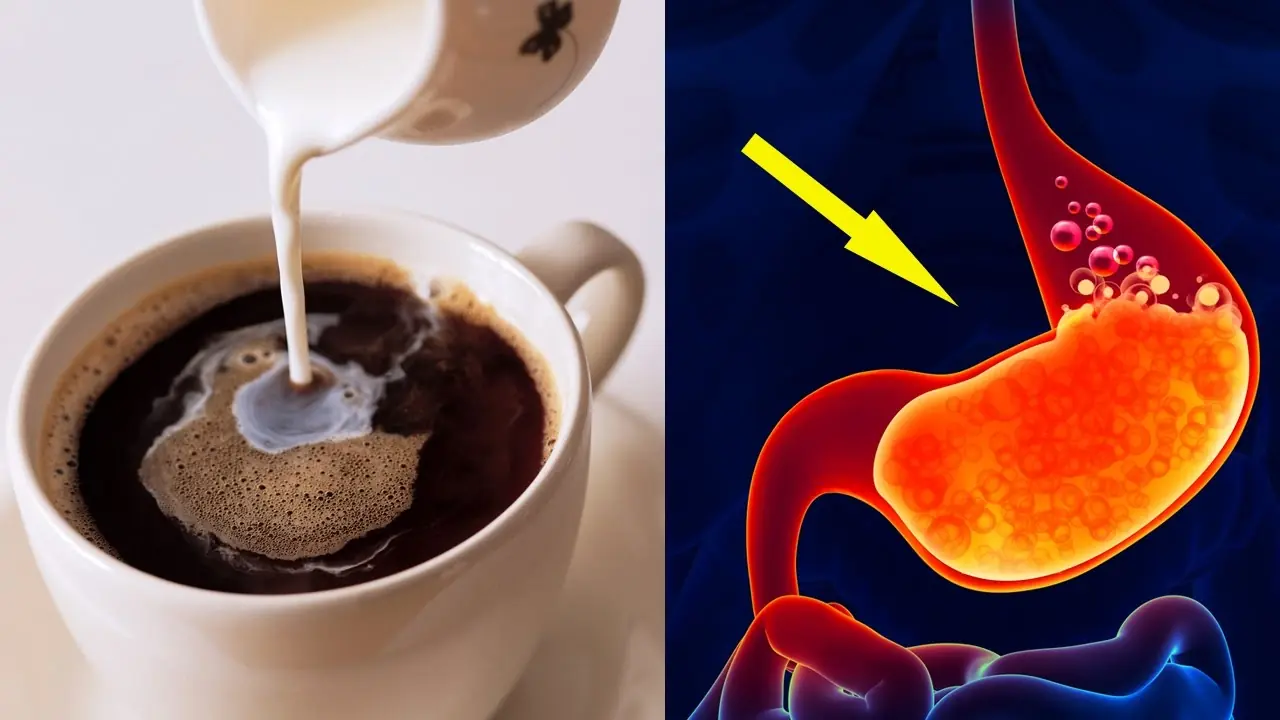
What Really Happens When You Drink Coffee on an Empty Stomach
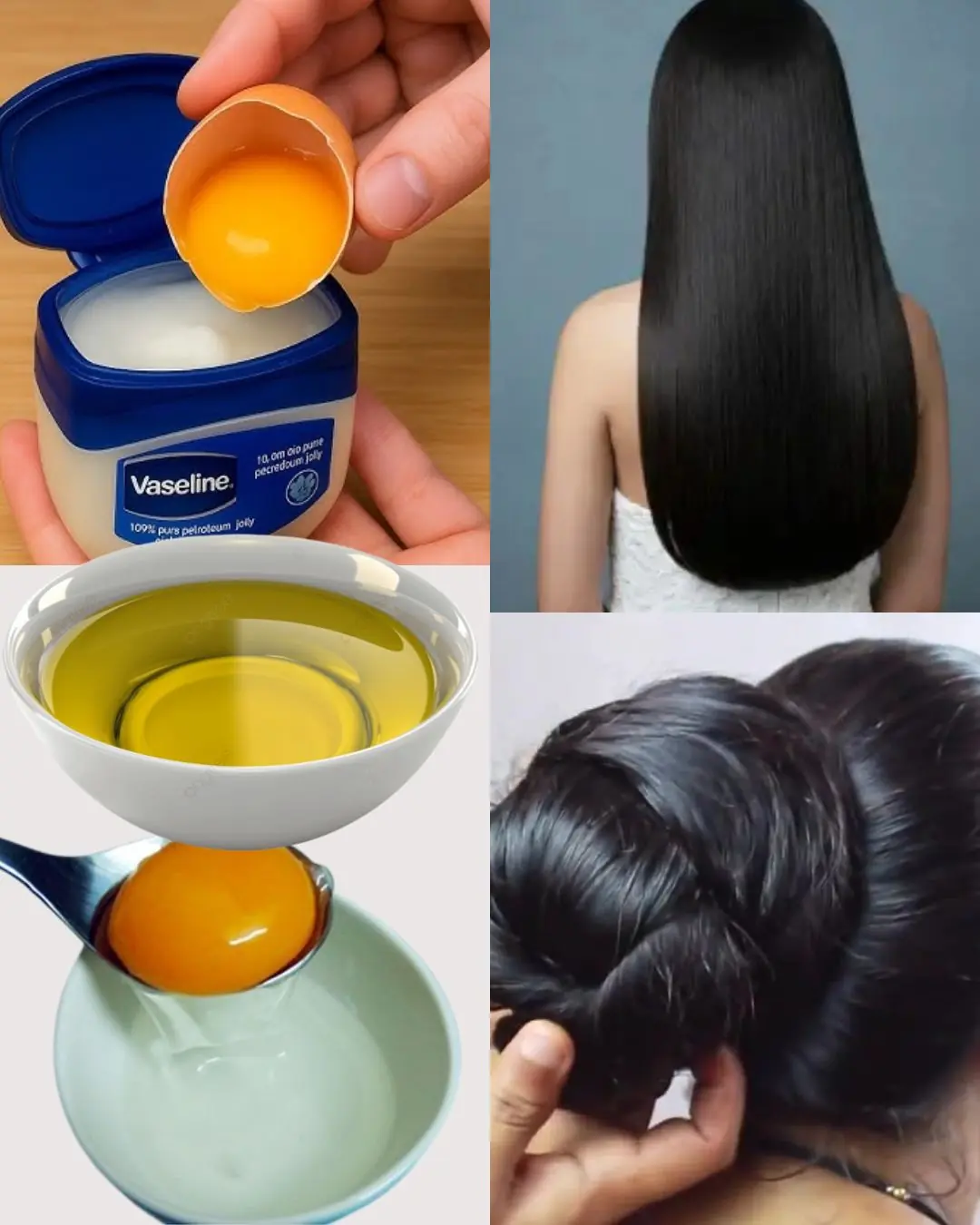
DIY Egg & Vaseline Hair Mask for Extreme Shine and Smoothness 🥚🌟
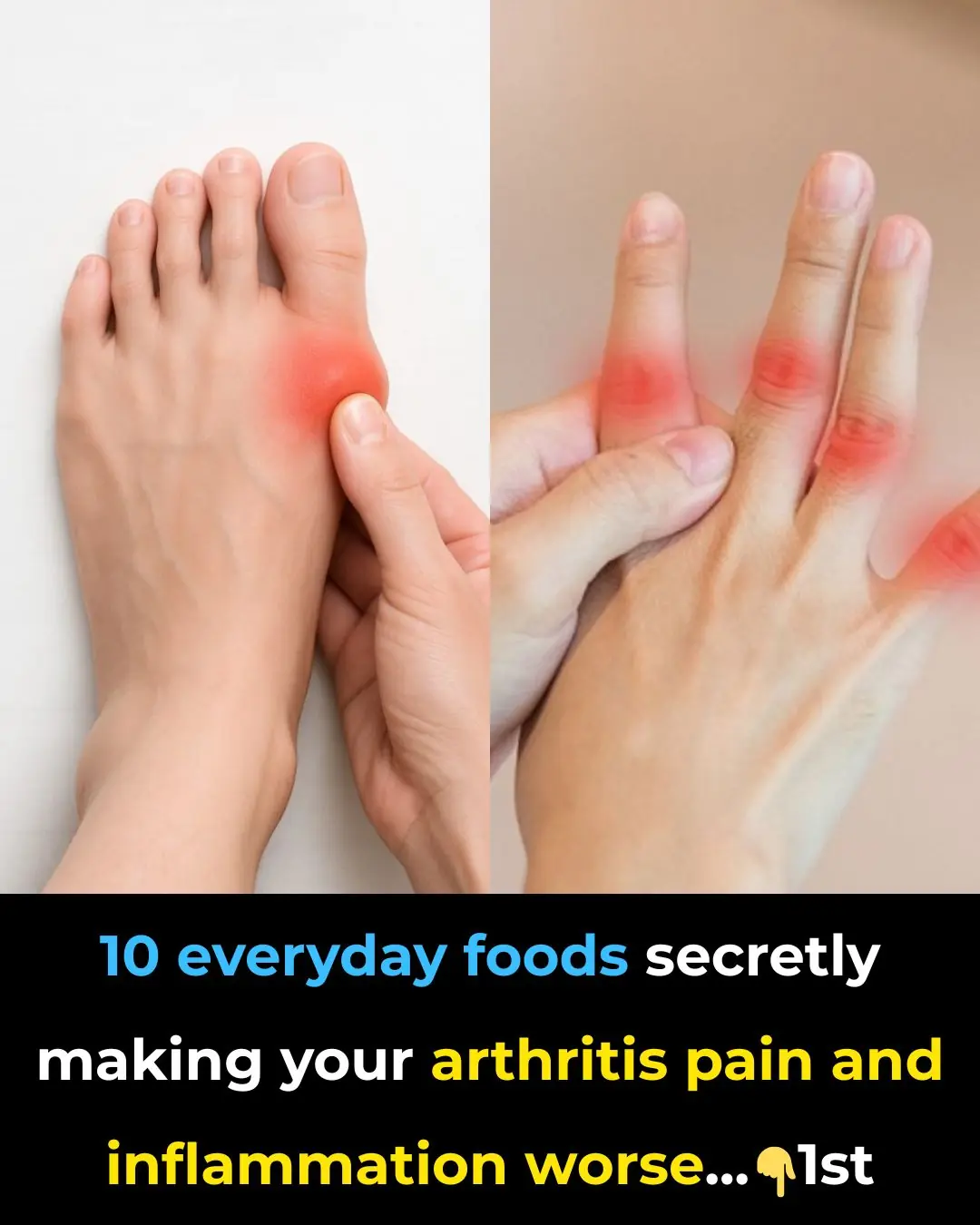
Arthritis warning: 10 everyday foods making your pain and inflammation worse
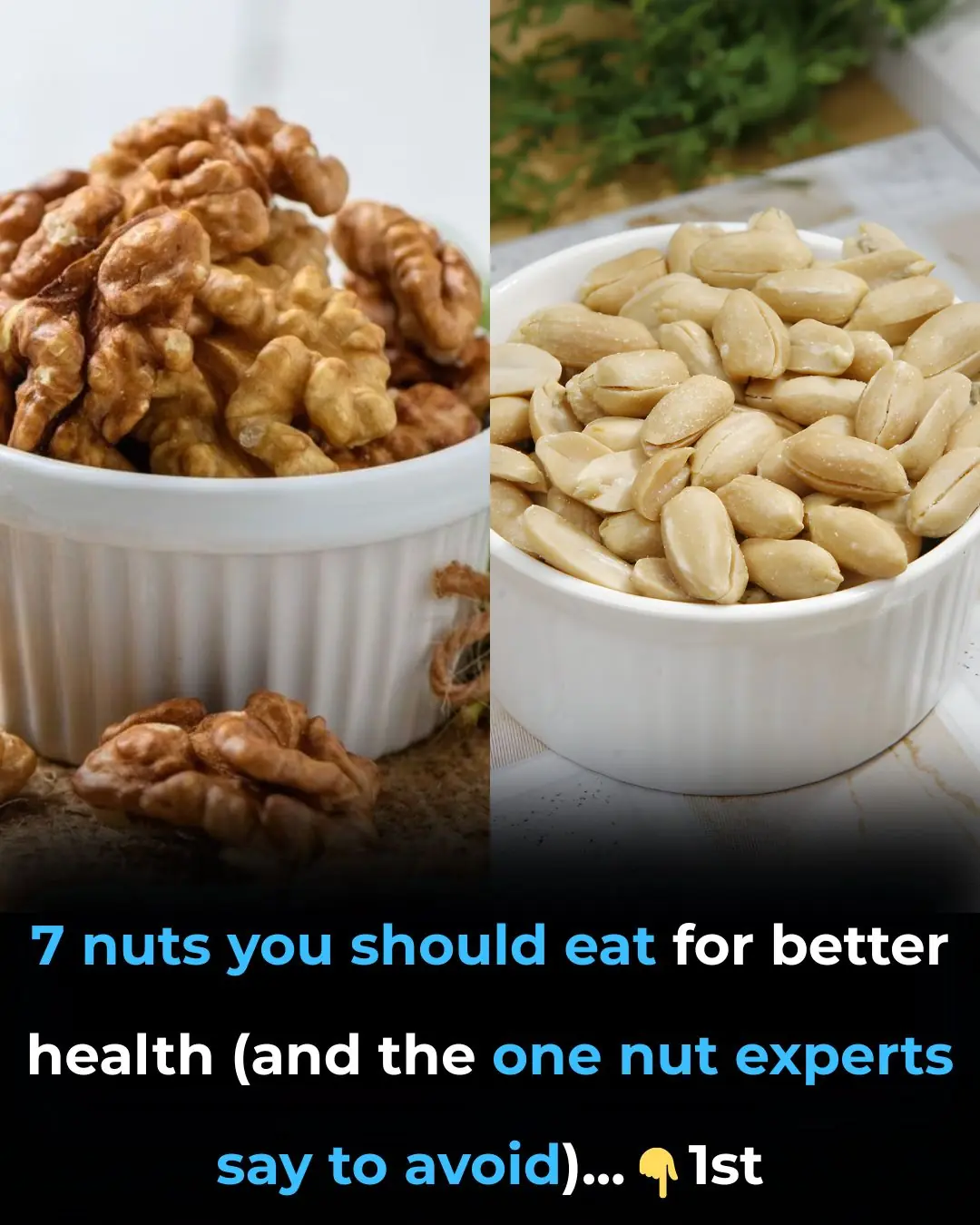
7 nuts you must eat for better health (and the #1 nut you should NEVER touch)
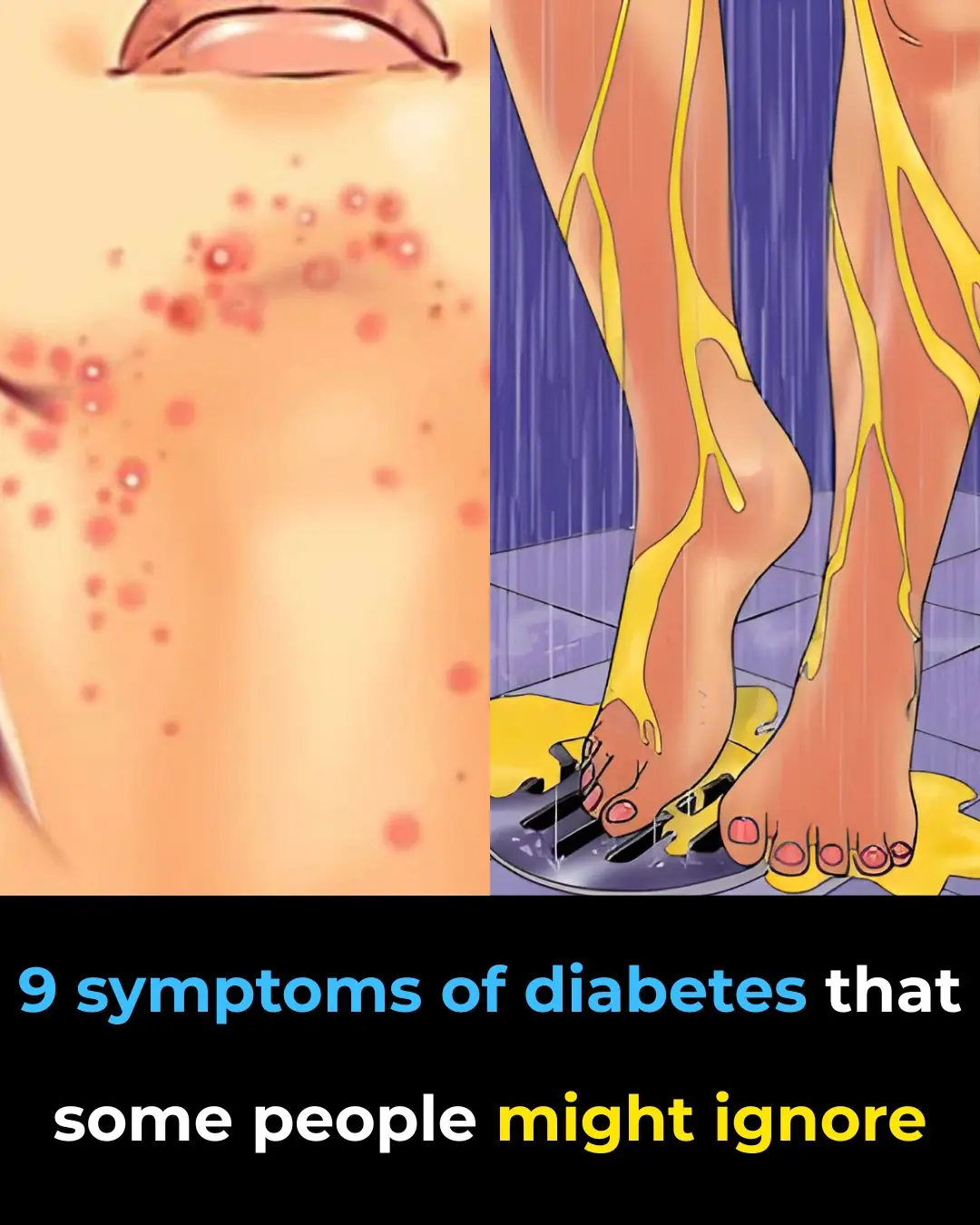
9 Warning Signs of Diabetes You Shouldn’t Ignore
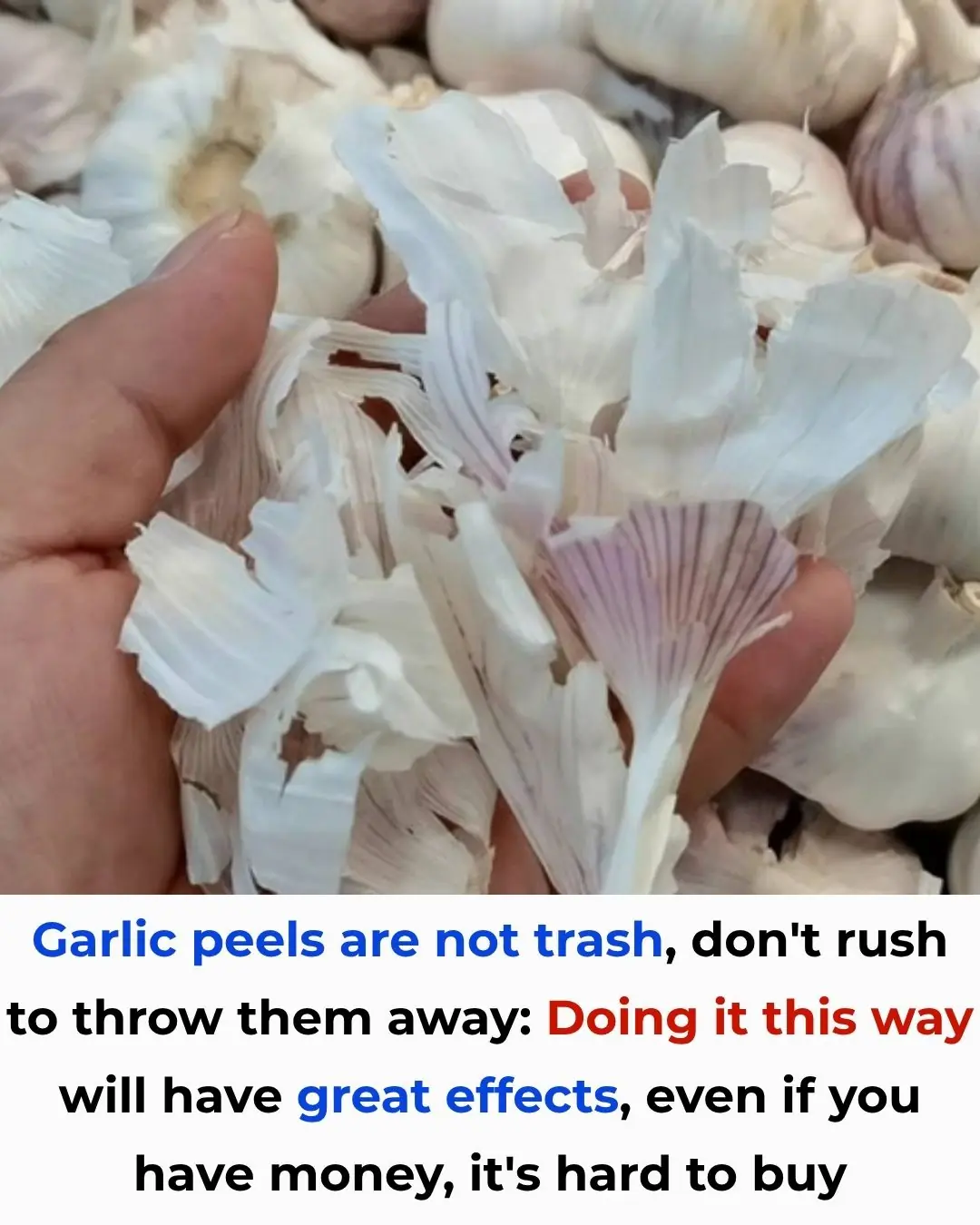
Garlic Peels Are Not Trash – Don’t Throw Them Away!
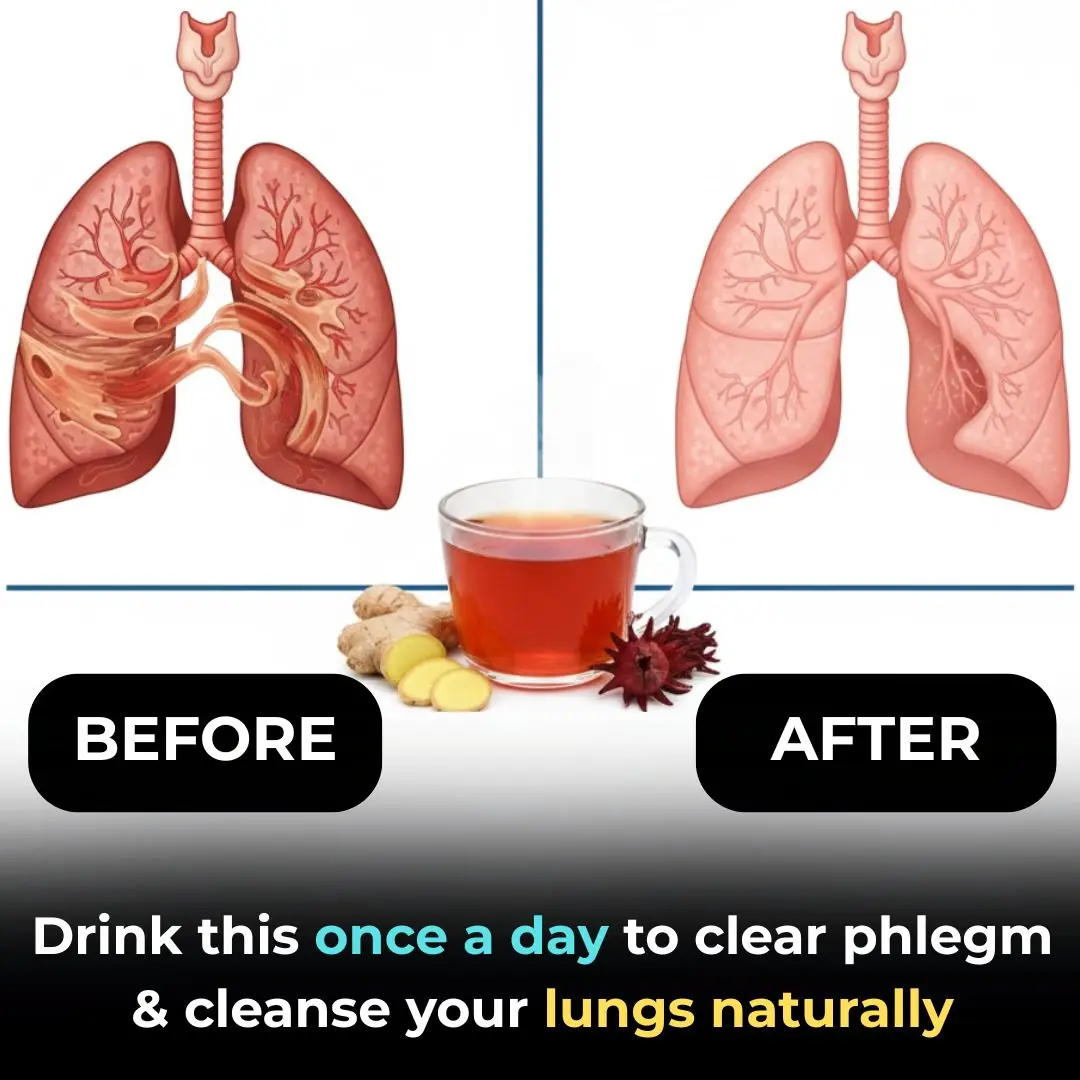
1 Cup to Cleanse Your Lungs of Phlegm and Toxins
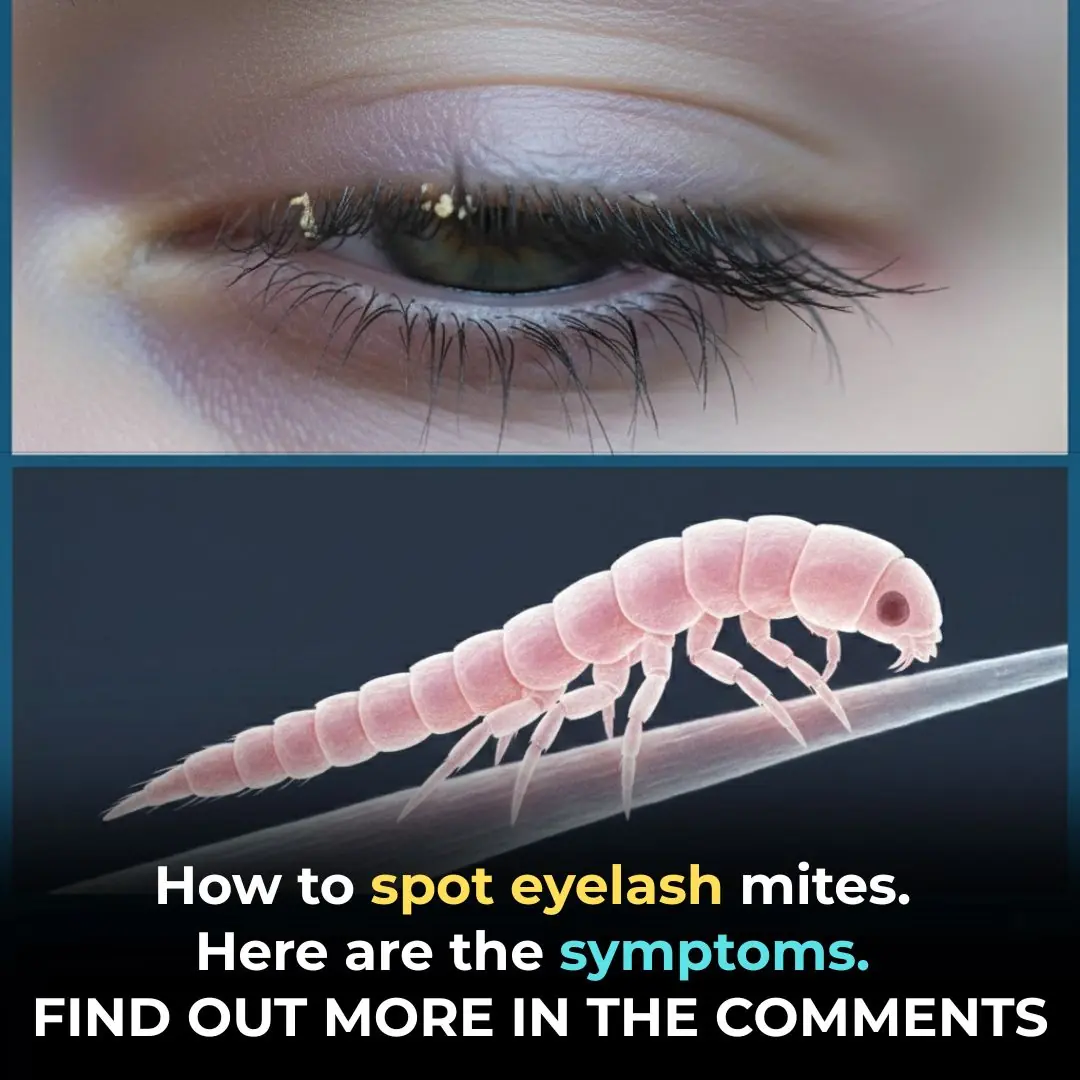
How To Spot Eyelash Mites
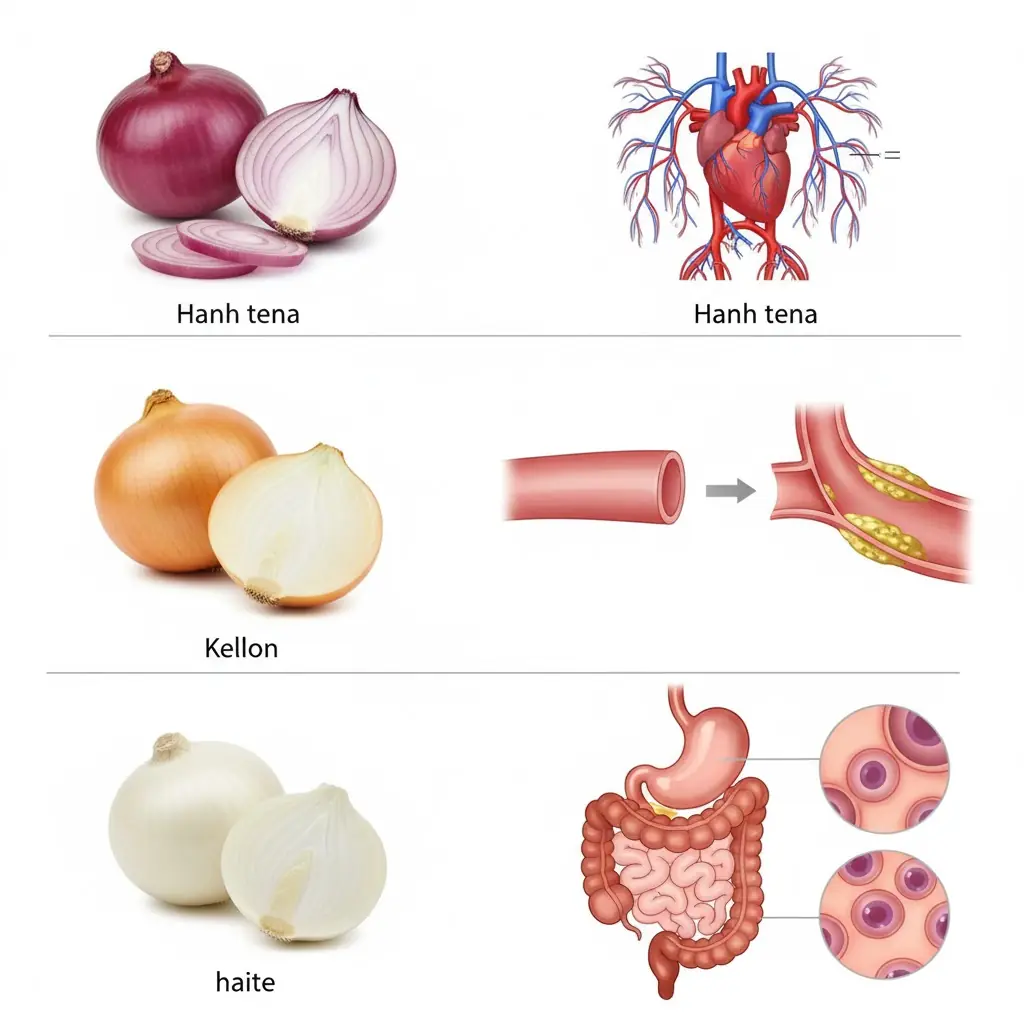
The Healing Power of Onions: Red, Yellow, and White — Three Natural Medicines in One Vegetable
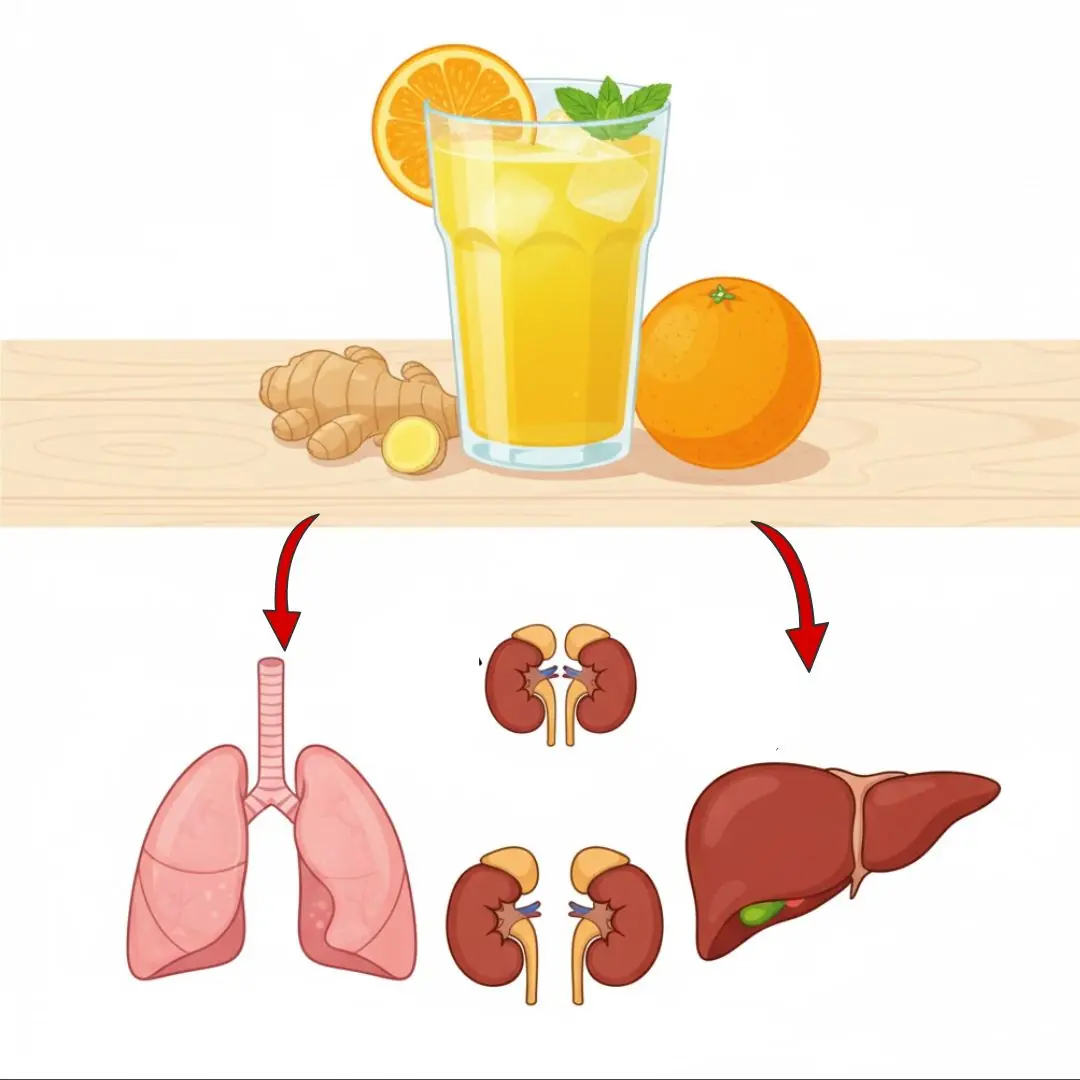
The 7-Day Organ Flush That Doctors Hate: Cleanse Kidneys, Liver & Lungs With Kitchen Staples
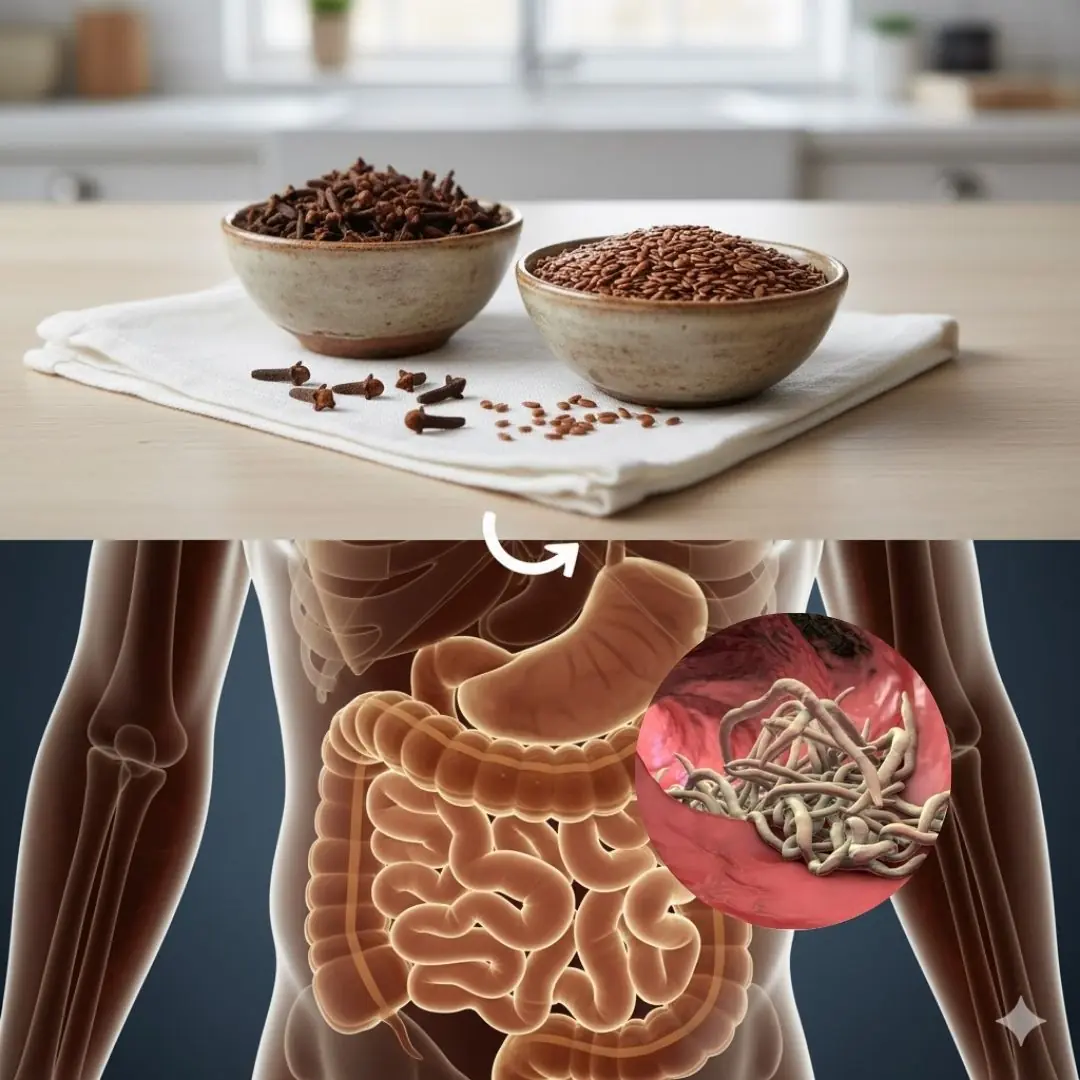
How to Naturally Eliminate Intestinal Parasites with Clove and Flax Seeds
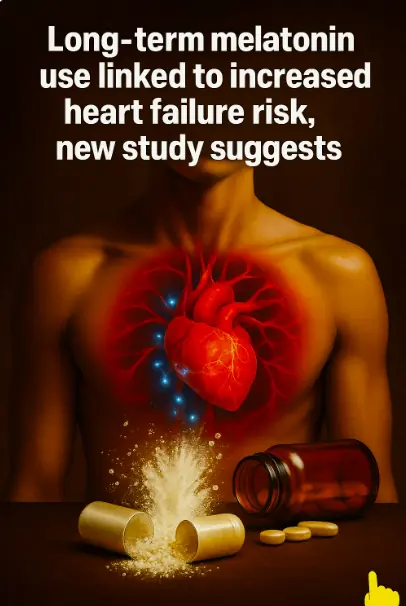
Long-term melatonin use linked to increased heart failure risk, new study suggests
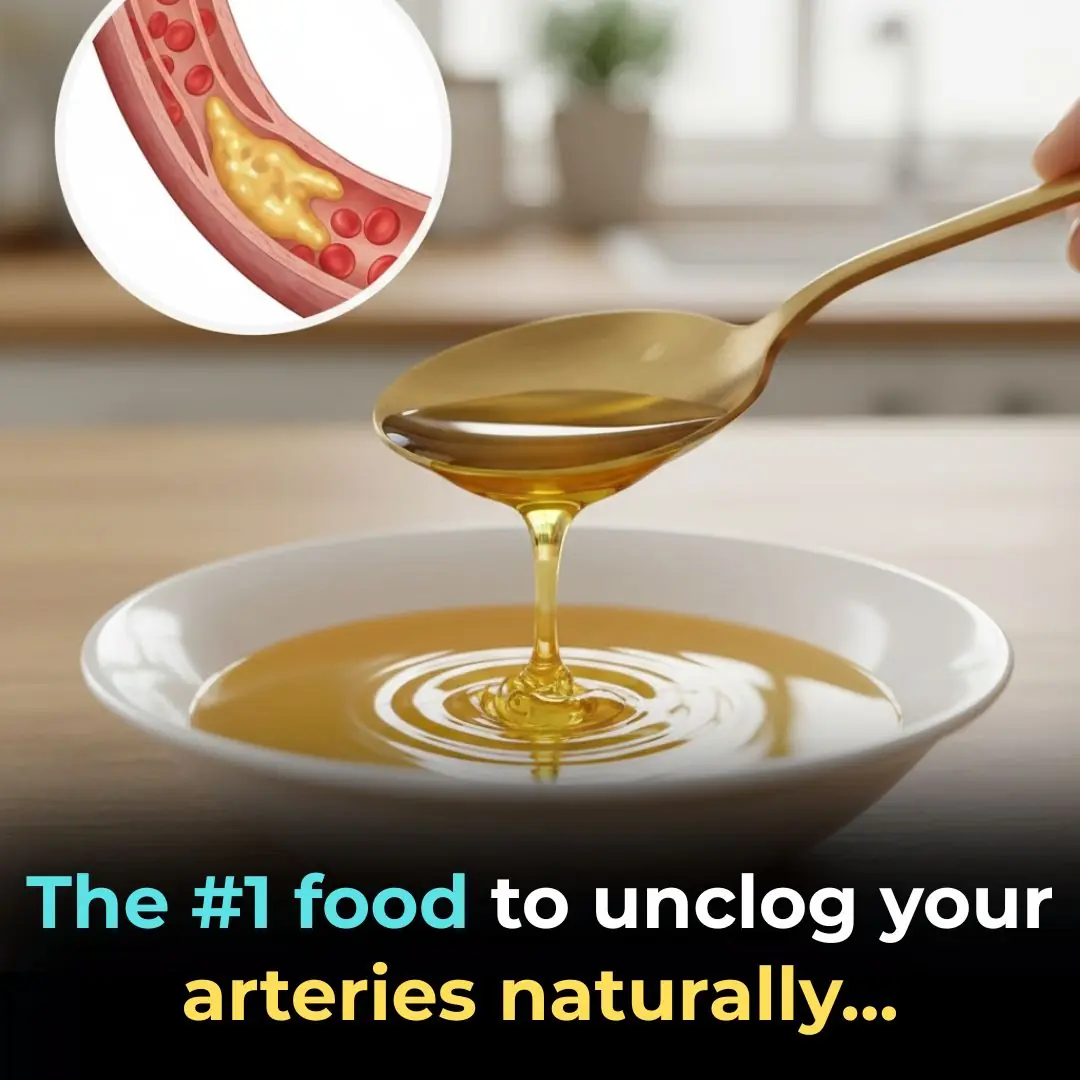
The #1 Food to Unclog Your Arteries Naturally
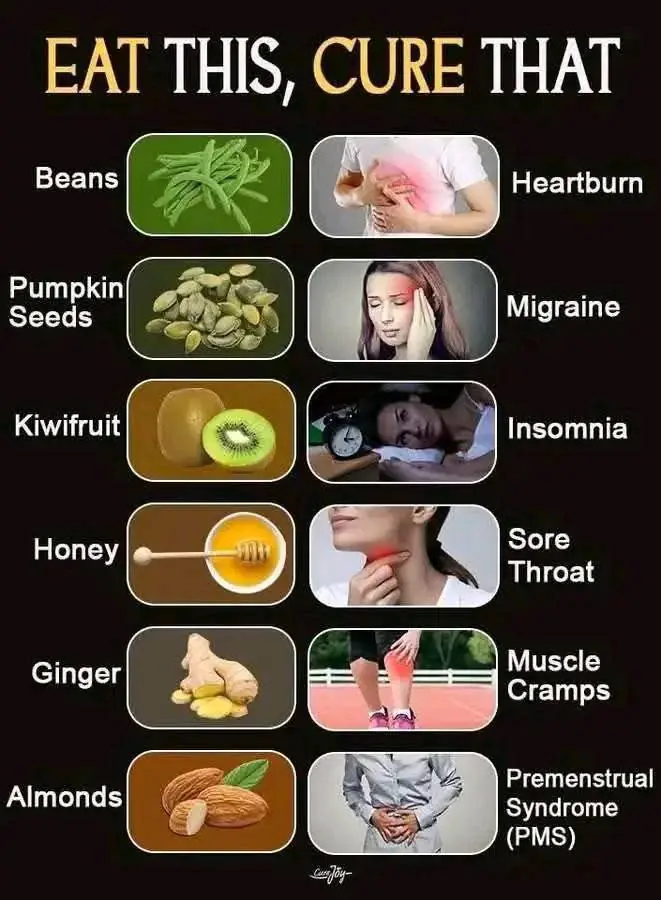
6 Everyday Foods That Can Help Relieve Common Health Symptoms — According to Science
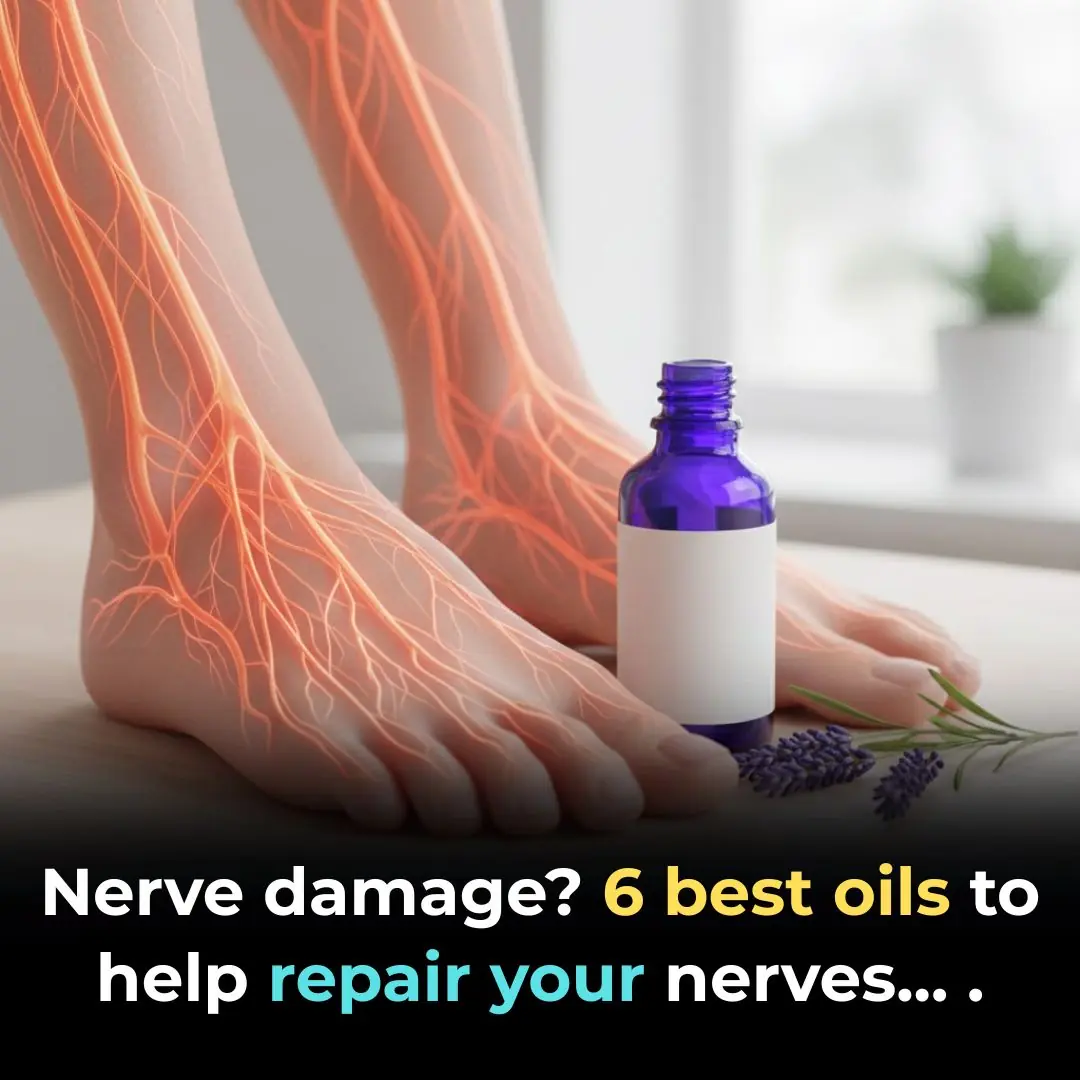
Nerve damage? 6 best oils to help repair your nerves
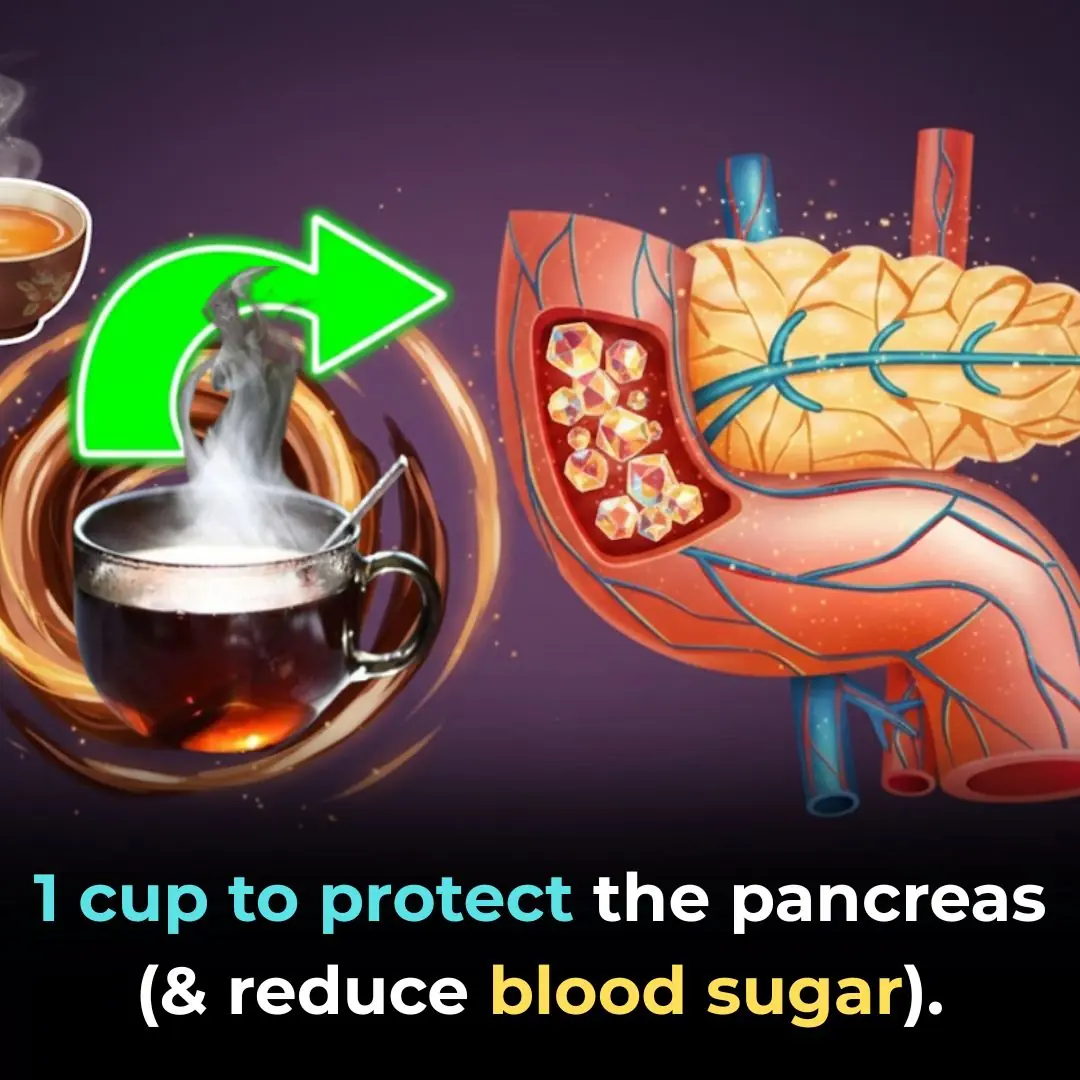
1 cup to protect the pancreas (and reduce blood sugar)
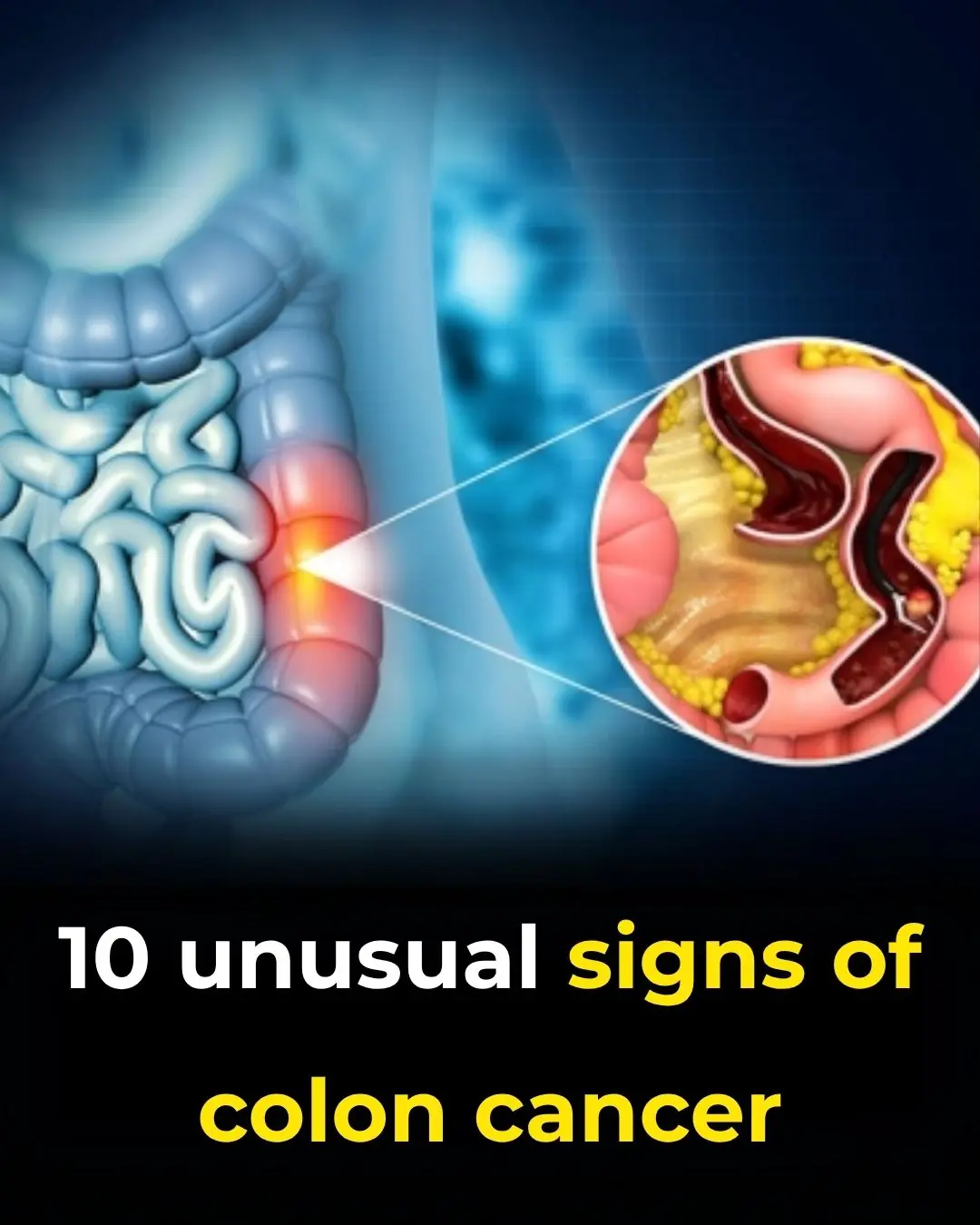
10 Warning Signs of Bowel (Colorectal) Cancer You Shouldn’t Ignore
News Post

Rice Aloe Face Wash: Japanese DIY For No Wrinkles, Tighten Pores, Clear Skin
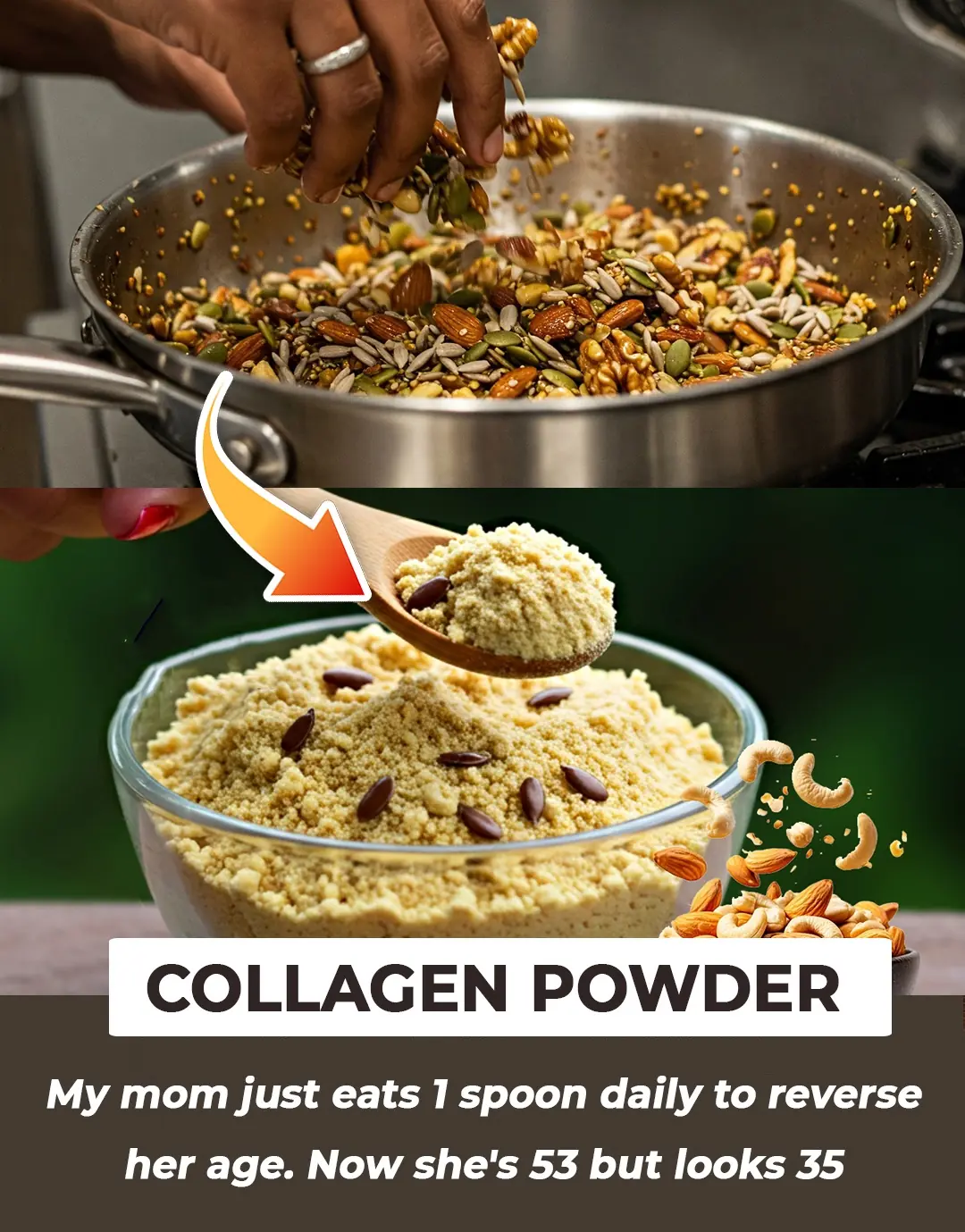
DIY Collagen Powder Recipe for Glowing Skin & Thick Hair
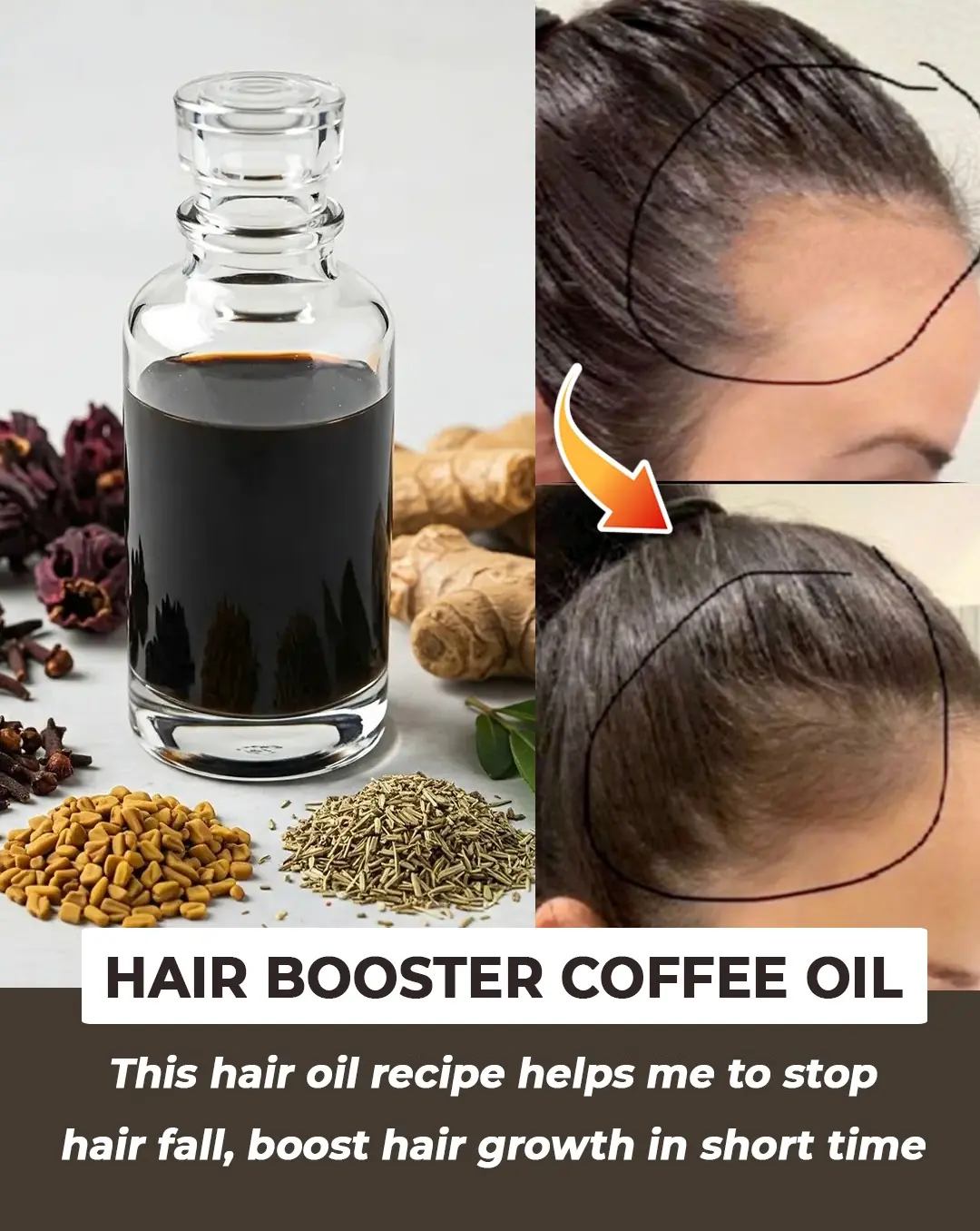
This Hair Oil Recipe Will Stop Hair Fall in Just One Use!

How To Use Onion juice & Onion Hair Oil For Hair Growth: 4 Powerful Ways To Boost Your Locks Naturally

Cinnamon Garlic Water Made at Home: The Best Fat-Burning Drink to Reduce Belly Fat
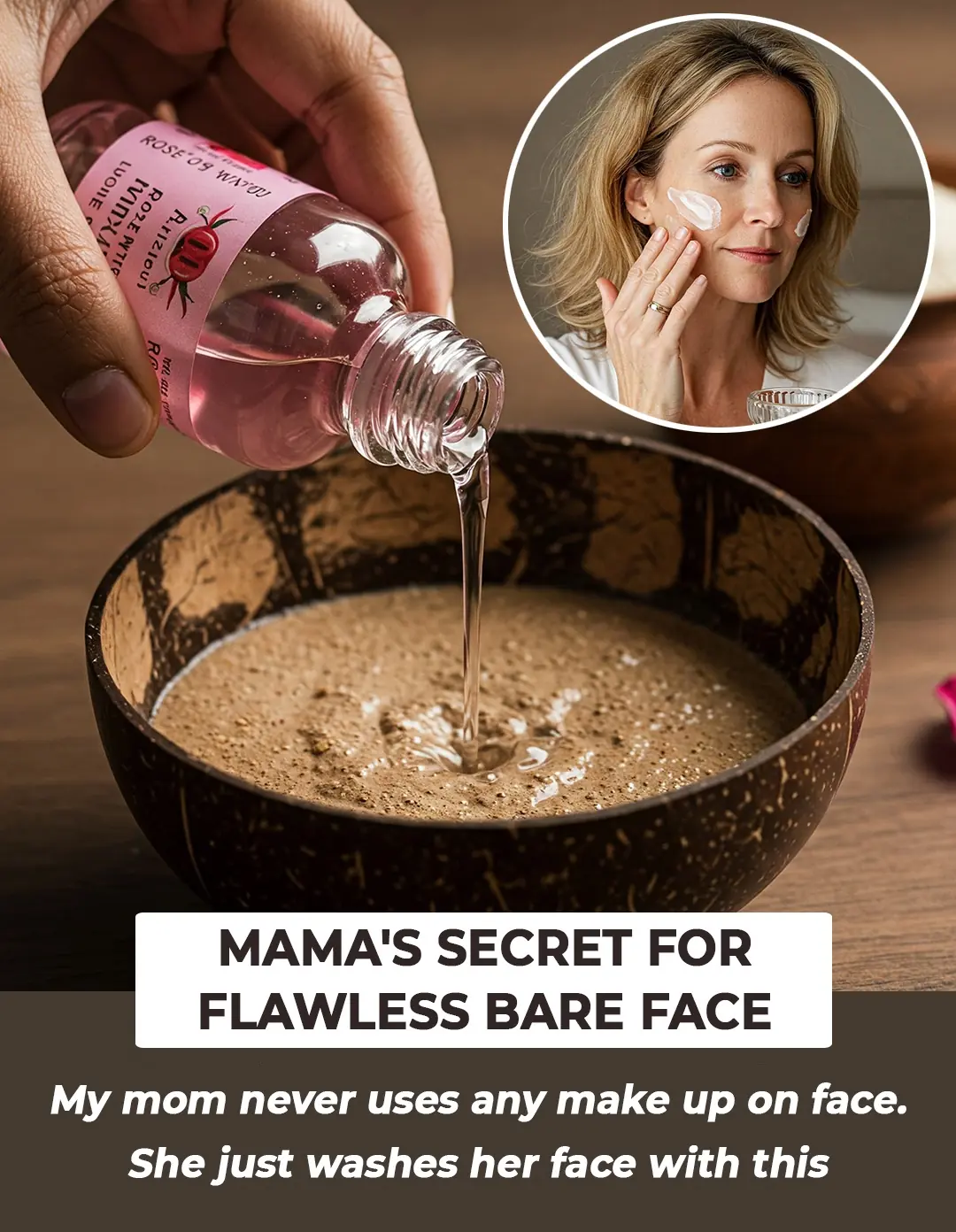
Gram Flour And Fuller’s Earth Everyday Face Wash To Get Clear Skin
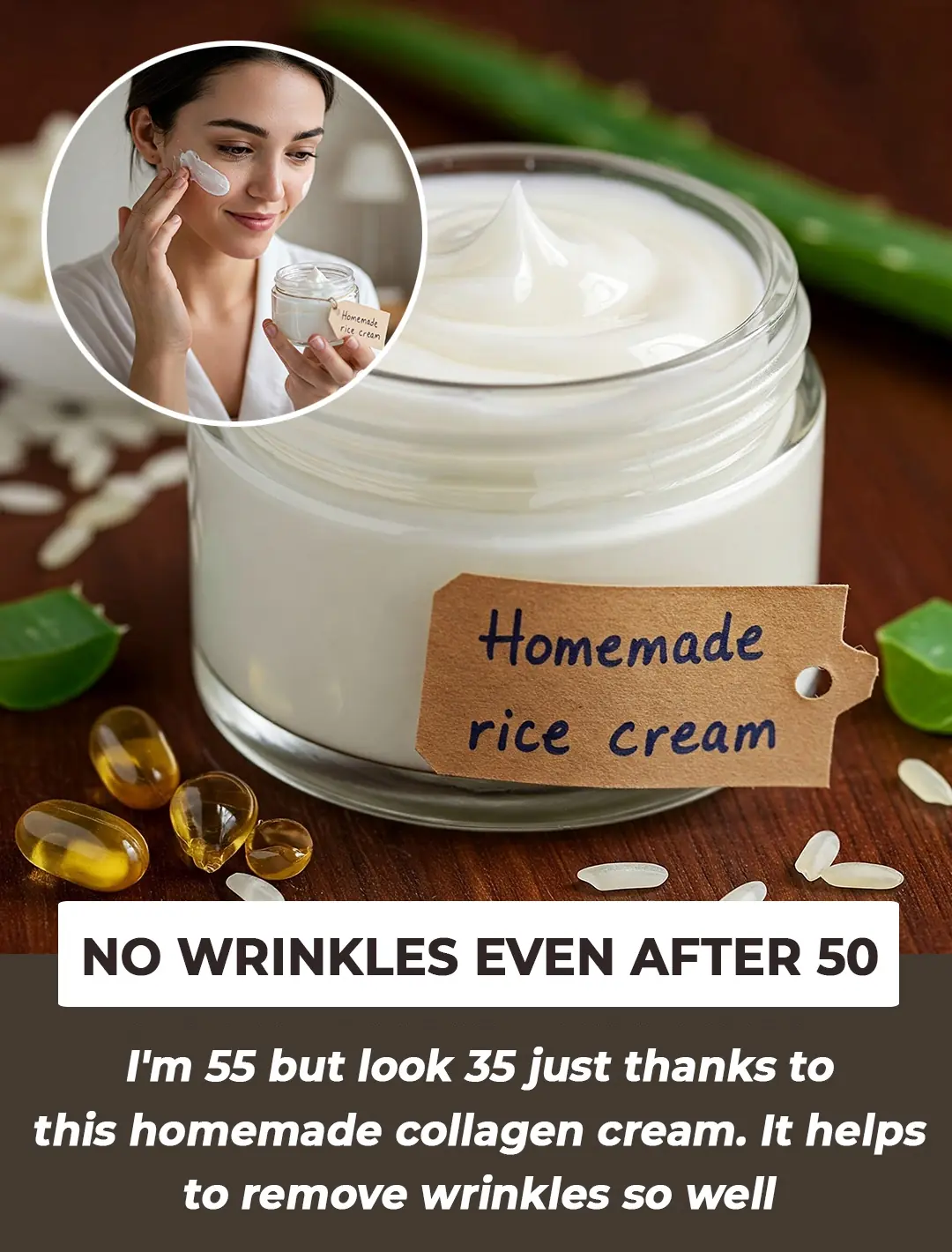
DIY Rice Cream for Glowing Skin - The Ultimate Anti-Aging Moisturizer
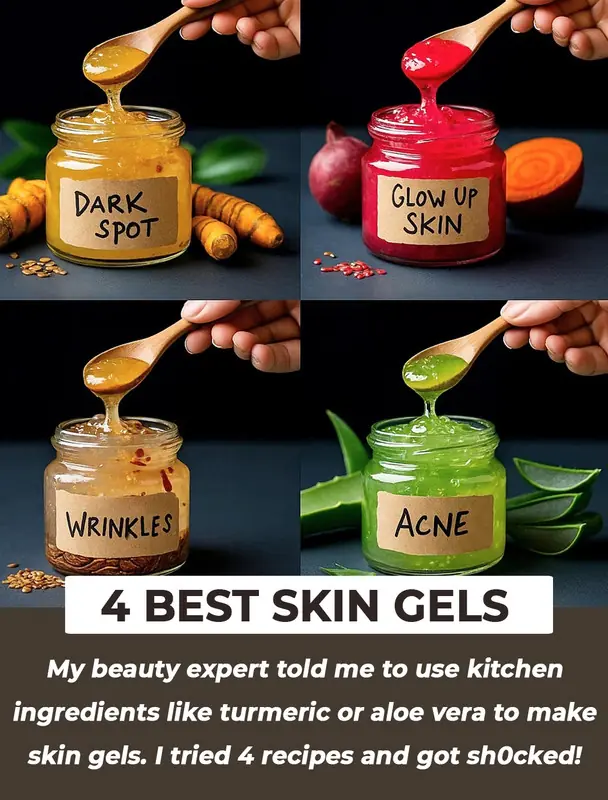
14 Best Skin Gels for Glowing Skin & Wrinkles: Natural Remedies for Radiant Complexion

Seeing that my neighbor had a jar of sour star fruit soaked in rock sugar, I asked him to find out how many uses it has
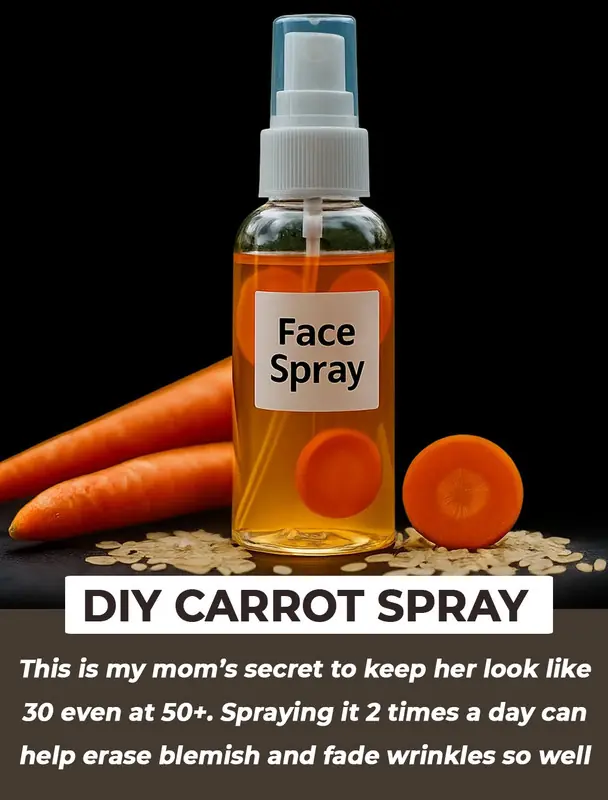
Carrot Toner DIY Recipe for Glowing Skin: Natural Anti-Aging Benefits for a Radiant Complexion
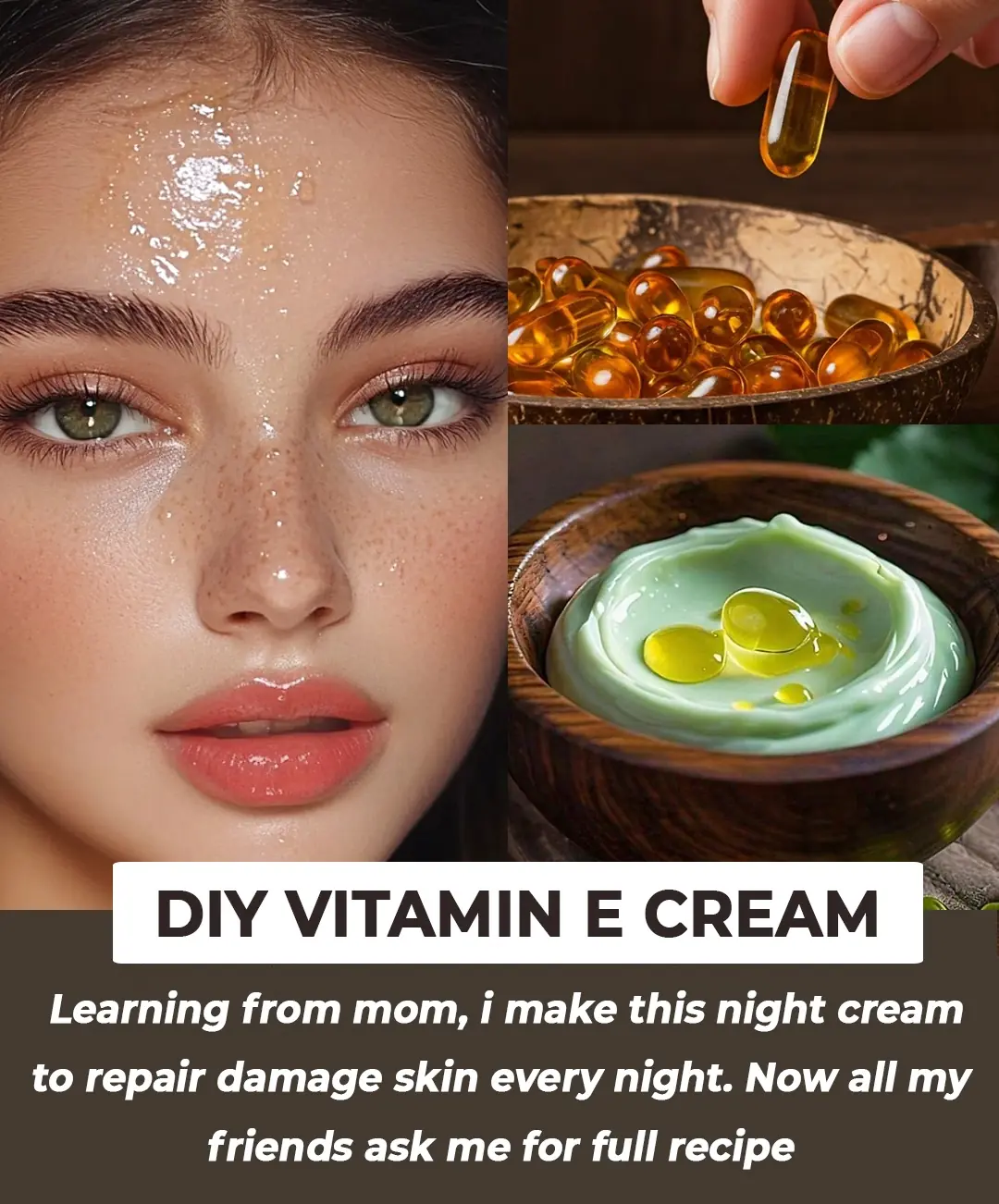
Homemade Vitamin E Cream for Face – Vitamin E Oil benefits for Skin
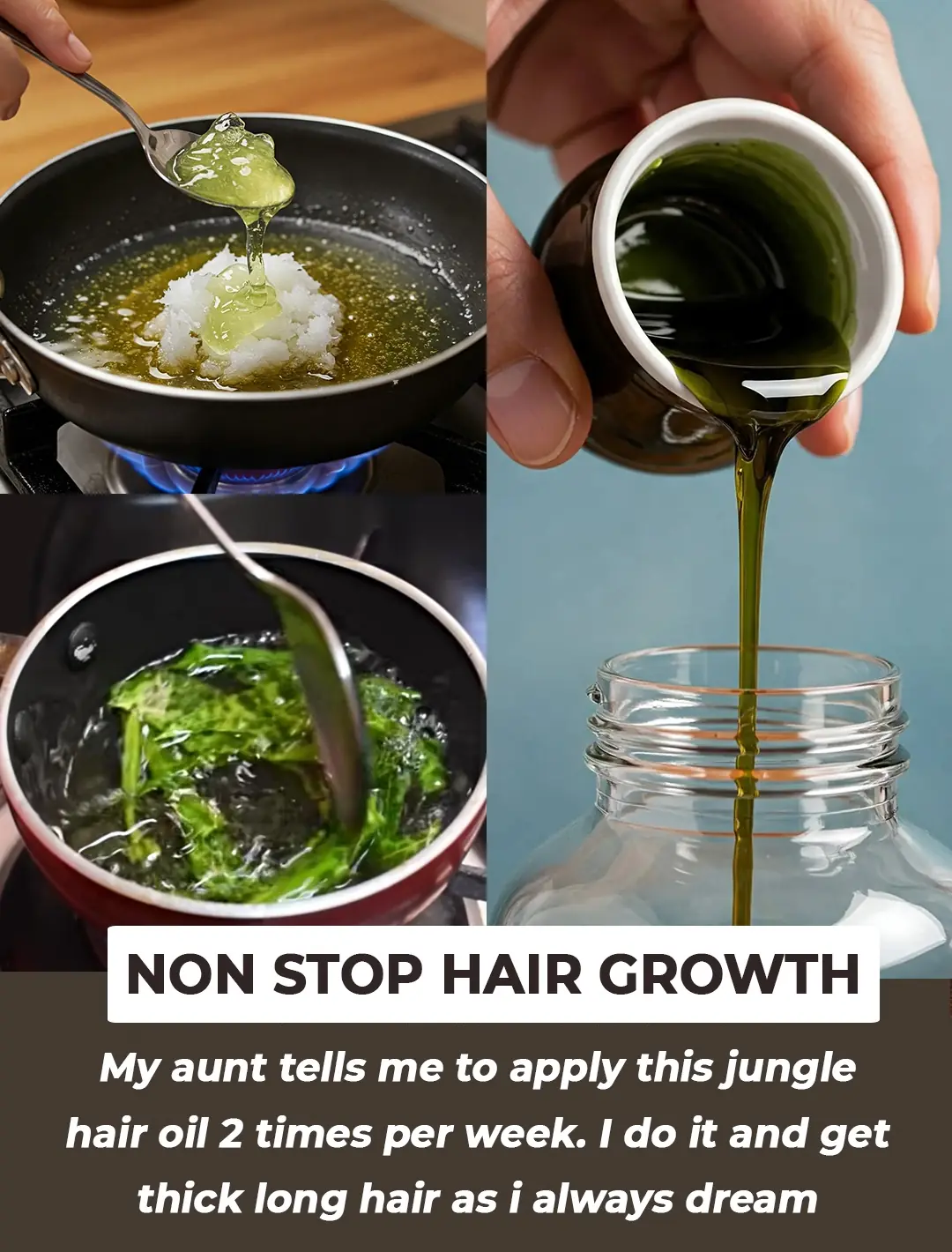
DIY Aloevera Oil for Hair Growth – Get Thick Hair
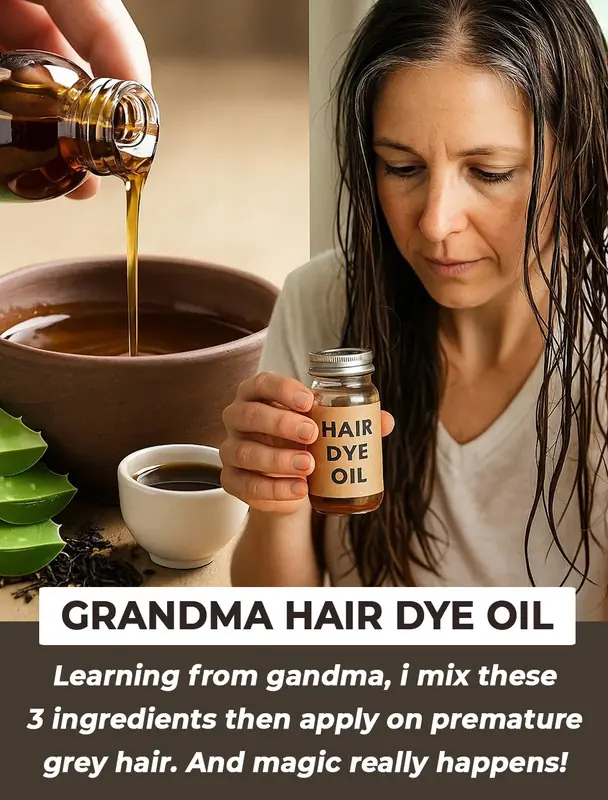
Easy DIY Homemade Hair Dye: An Effective Way to Darken Grey Hair At Home

Glass windows get dirty very quickly, here are some tips to help you clean them from the inside out.
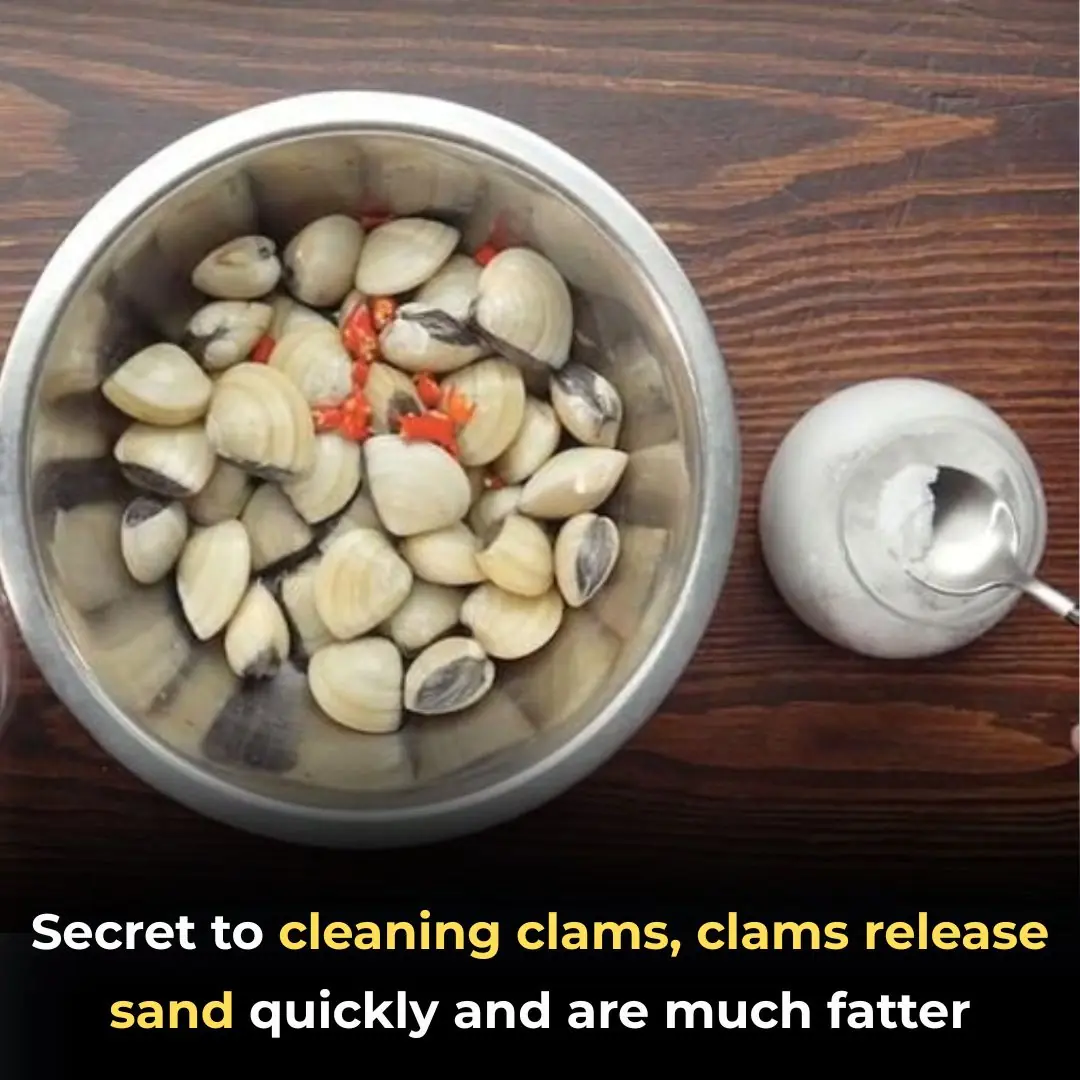
Secret to cleaning clams, clams release sand quickly and are much fatter
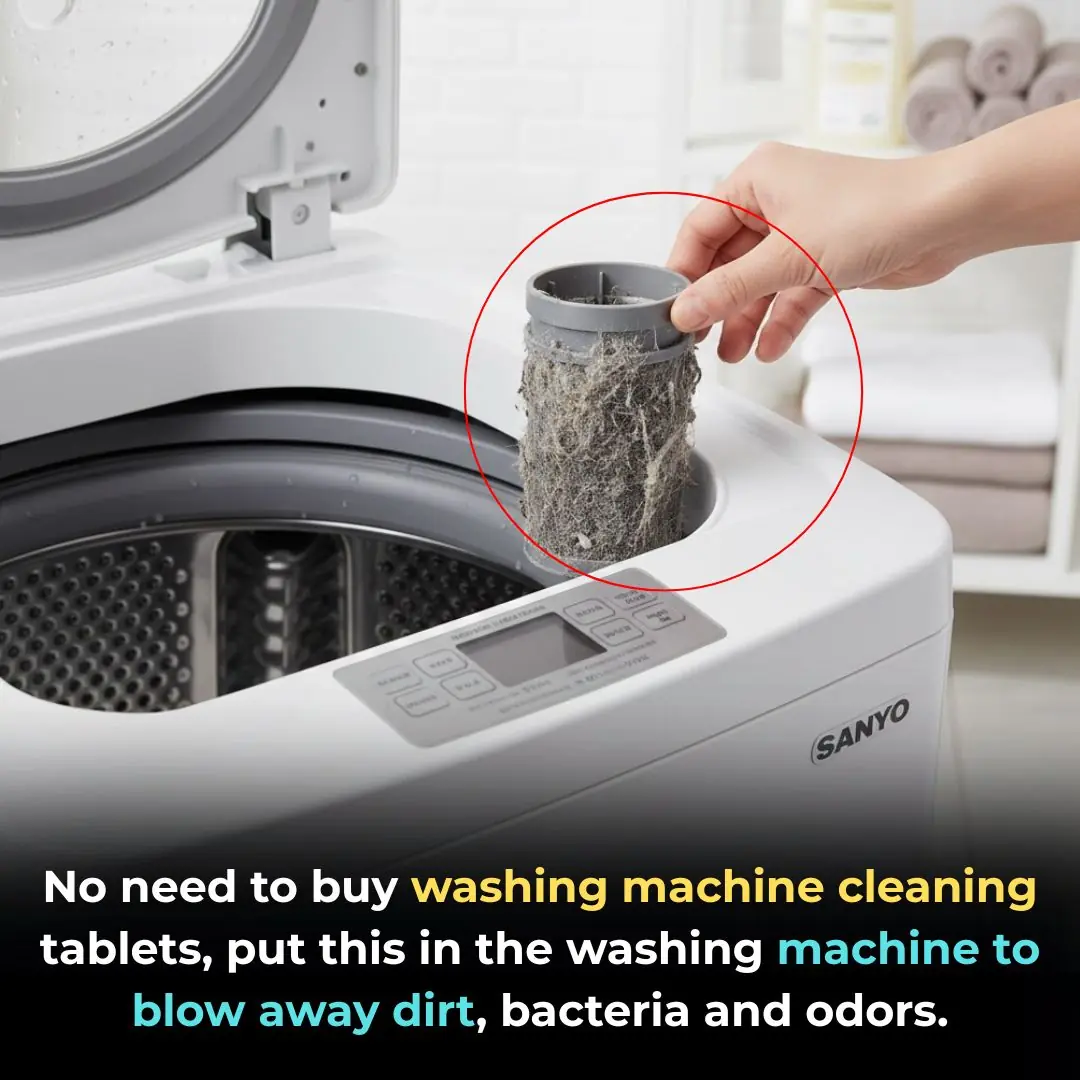
No need to buy washing machine cleaning tablets, put this in the washing machine to blow away dirt, bacteria and odors.

Roast sweet potatoes at home with a rice cooker or air fryer and they still have the same fragrant aroma as grilled on charcoal thanks to this secret.
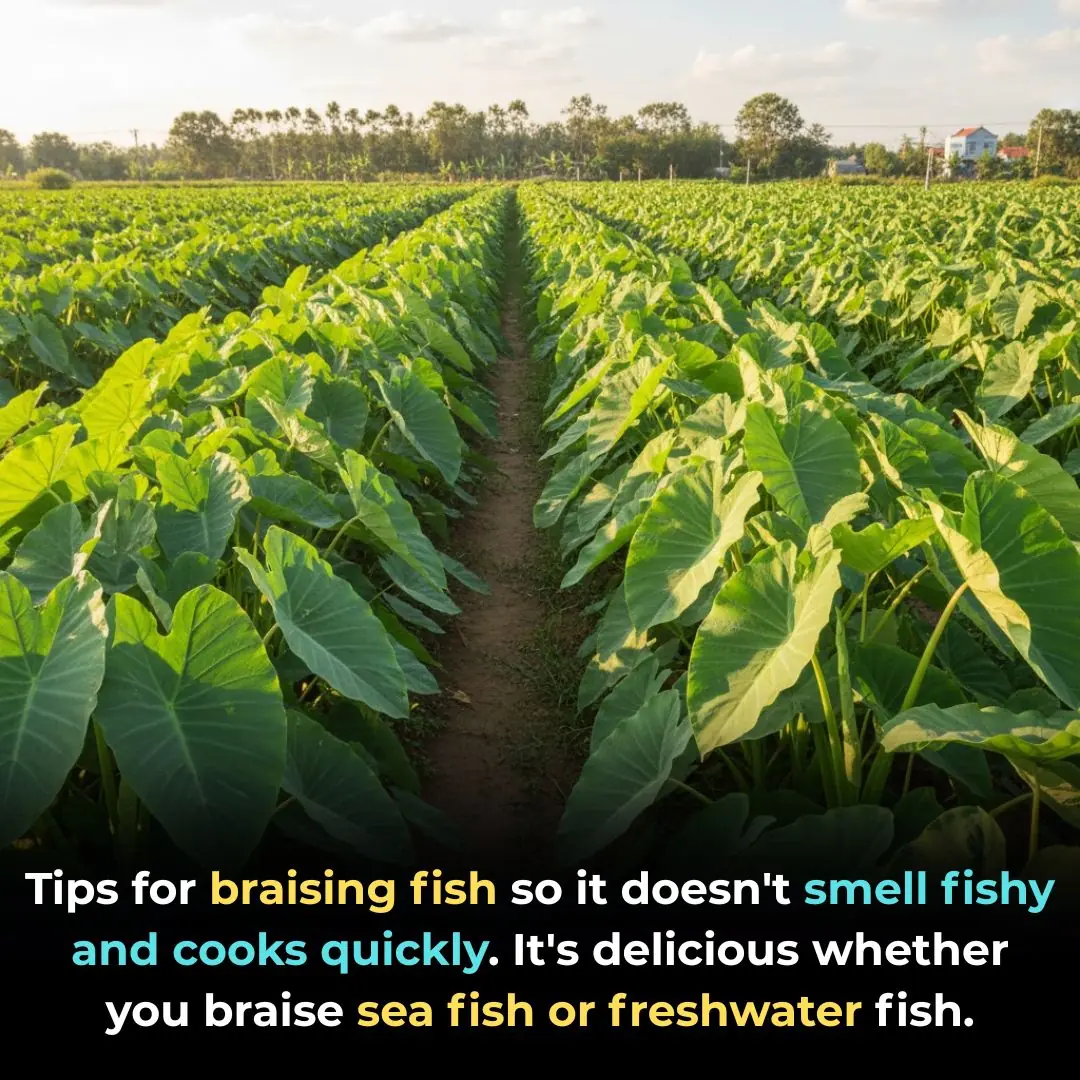
Tips for braising fish so it doesn't smell fishy and cooks quickly. It's delicious whether you braise sea fish or freshwater fish.
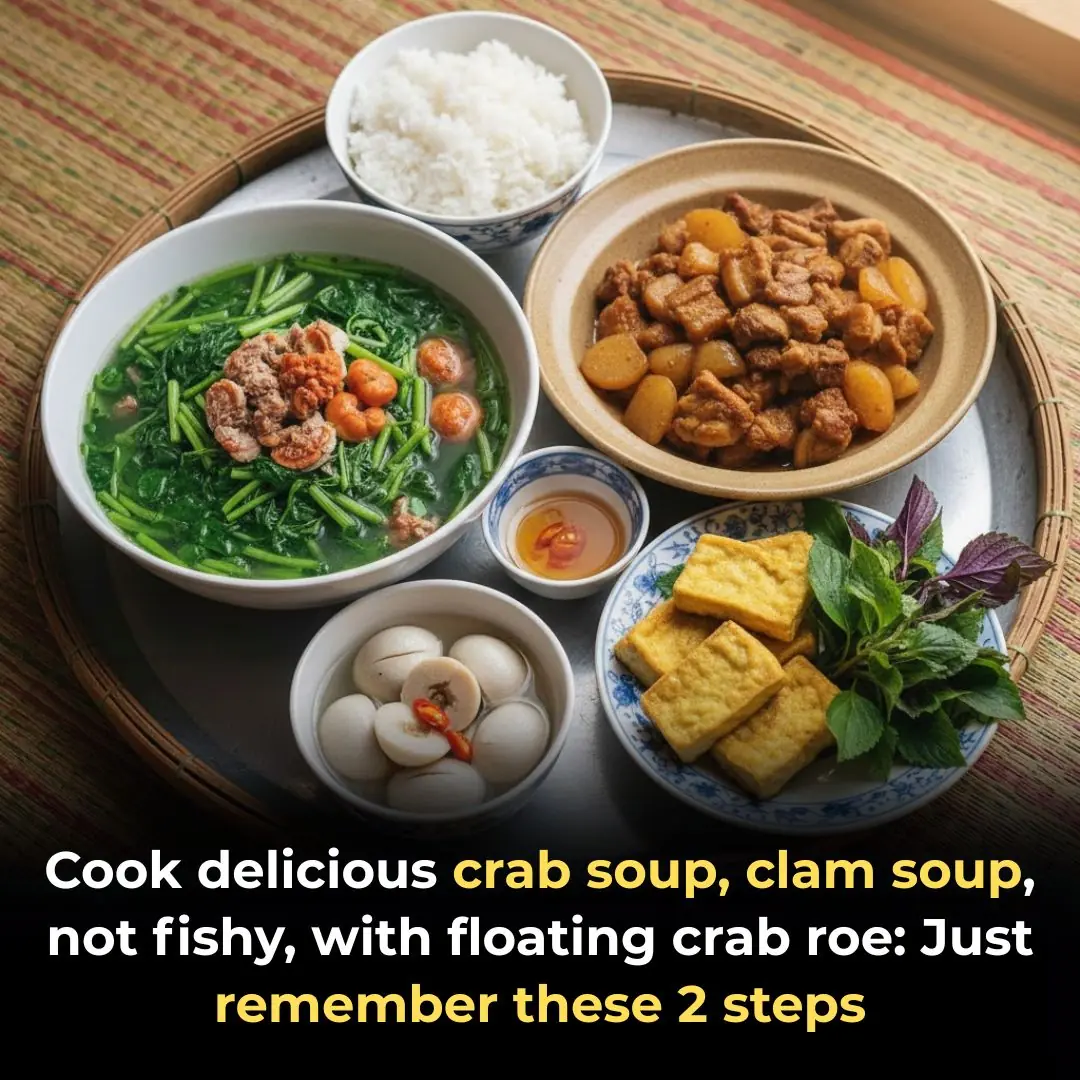
Cook delicious crab soup, clam soup, not fishy, with floating crab roe: Just remember these 2 steps
